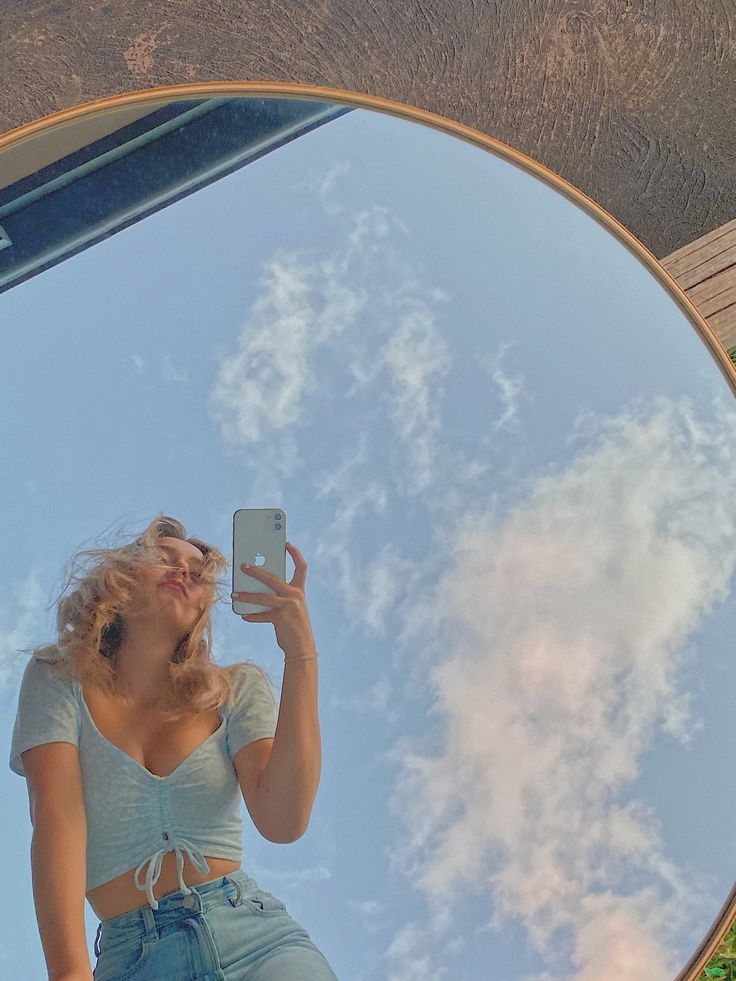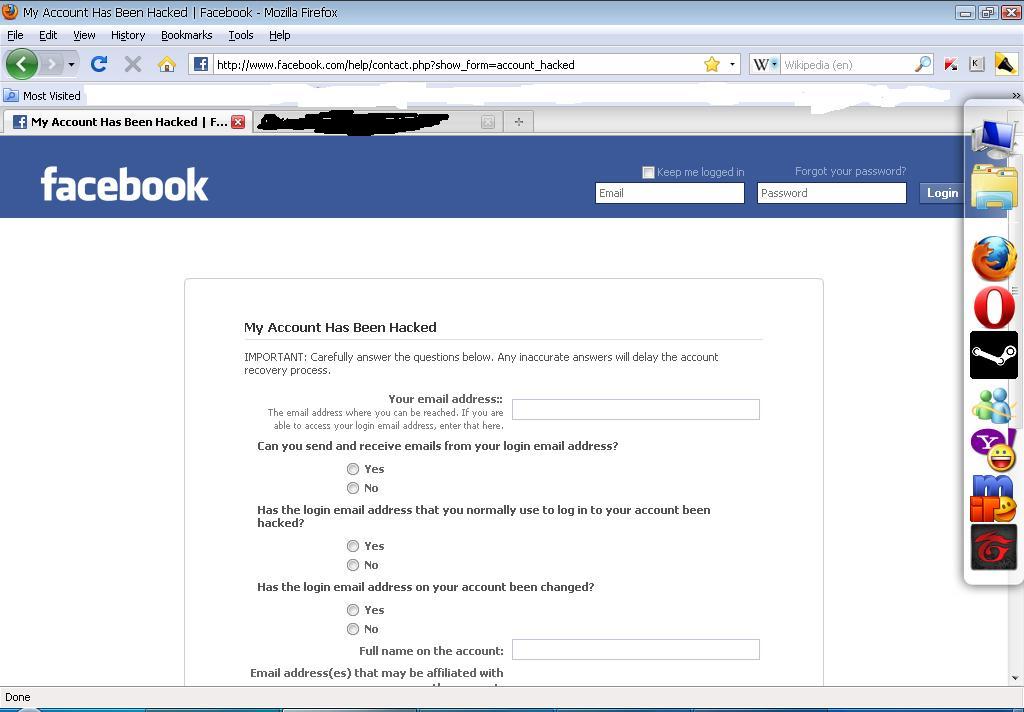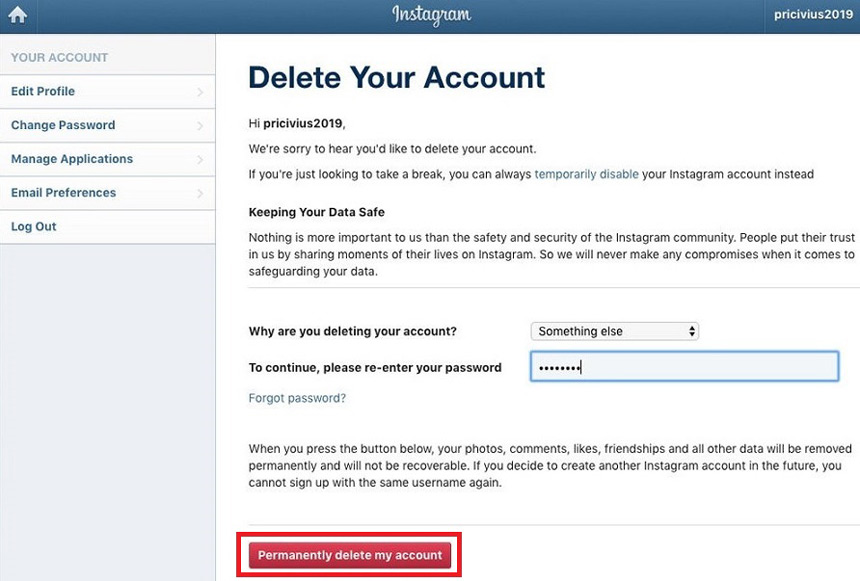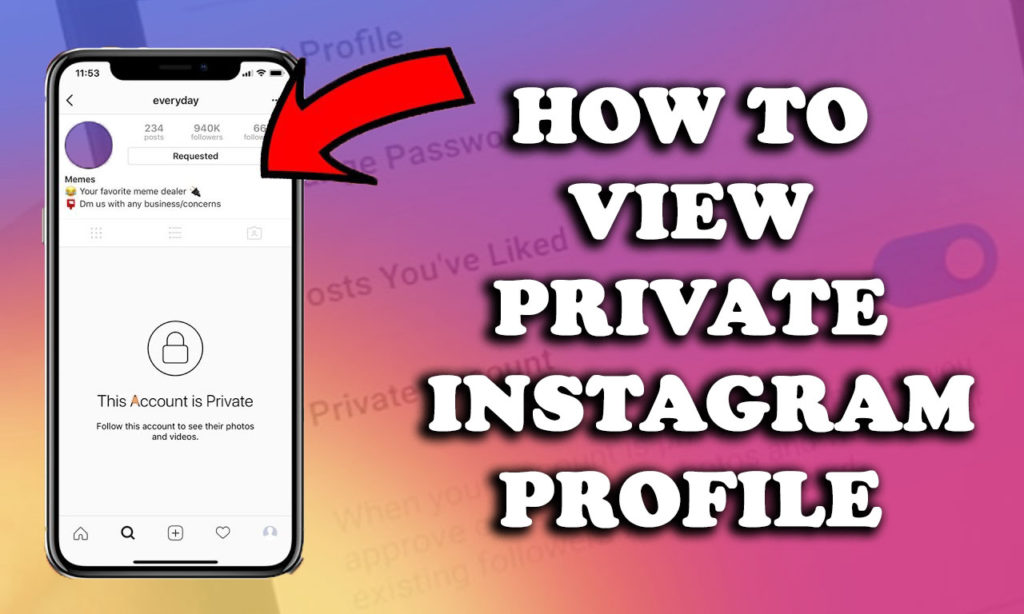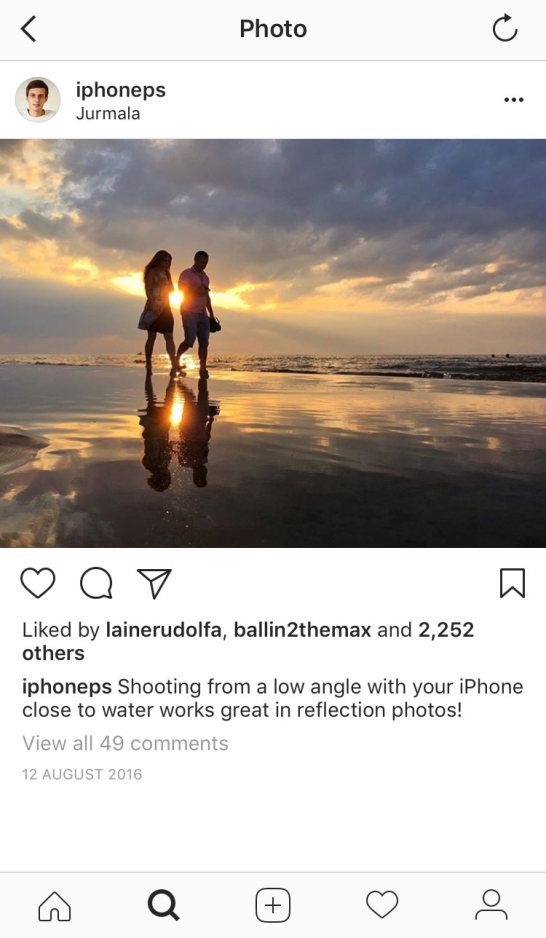How to use better hashtags on instagram
Ultimate Guide [+101 hashtags for 2023]
What are Instagram hashtags?
Top Instagram hashtags
Types of popular Instagram hashtags
Instagram Hashtag FAQs
7 tips for how to use hashtags on Instagram
Instagram hashtags can make or break your Instagram marketing strategy. Use them correctly and you’ll get your posts seen by more people likely to be interested in your products or brand.
But use the wrong and you can actually do damage, from annoying potential followers to getting penalized by Instagram’s algorithm.
To use hashtags for Instagram effectively, you need to understand exactly how they work, and put some thought into a strategy.
You’re in the right place to do just that. Watch our video below, or read on!
Bonus: Download a free checklist that reveals the exact steps a fitness influencer used to grow from 0 to 600,000+ followers on Instagram with no budget and no expensive gear.
What are Instagram hashtags?
A hashtag is a combination of letters, numbers, and/or emoji preceded by the # symbol (e.g. #NoFilter). They are used to categorize content and make it more discoverable.
Hashtags are clickable. Anyone who clicks on an Instagram hashtag or conducts an Instagram hashtag search will see a page showing all the posts tagged with that hashtag.
Why use Instagram hashtags?
Hashtags are an important way to expand your Instagram audience and get more reach. When you use a hashtag, your post will appear on the page for that hashtag. If you use a hashtag on your Story, it could be included in the relevant hashtag Story, which also appears on the hashtag page.
People can also choose to follow hashtags, which means they could see your hashtagged post in their feed even if they don’t follow you (yet).
Instagram hashtags can be a great way of building community online so people are motivated to engage with your brand. For example, as the way people work out suddenly changed in 2020, Nike Los Angeles used the #playinside hashtag to feature local people getting active in their homes.
View this post on Instagram
A post shared by Nike LA (@nikela)
All that being said, times they are a changin’. We recently ran an experiment looking specifically at the effectiveness of Instagram SEO vs Hashtags in 2022. And the results, well let’s just say they were eye-opening.
Check out the article or watch the video below to see what we found:
Top Instagram hashtags
These are the top 50 hashtags on Instagram:
- #love (1.835B)
- #instagood (1.150B)
- #fashion (812.7M)
- #photooftheday (797.3M)
- #beautiful (661.0M)
- #art (649.9M)
- #photography (583.1M)
- #happy (578.8M)
- #picoftheday (570.8M)
- #cute (569.1M)
- #follow (560.9M)
- #tbt (536.4M)
- #followme (528.5M)
- #nature (525.7M)
- #like4like (515.6M)
- #travel (497.3M)
- #instagram (482.6M)
- #style (472.3M)
- #repost (471.4M)
- #summer454.2M
- #instadaily (444.0M)
- #selfie (422.6M)
- #me (420.3M)
- #friends (396.7M)
- #fitness (395.8M)
- #girl (393.
 8M)
8M) - #food (391.9M)
- #fun (385.6M)
- #beauty (382.8M)
- #instalike (374.6M)
- #smile (364.5M)
- #family (357.7M)
- #photo (334.6M)
- #life (334.5M)
- #likeforlike (328.2M)
- #music (316.1M)
- #ootd (308.2M)
- #follow4follow (290.6M)
- #makeup (285.3M)
- #amazing (277.5M)
- #igers (276.5M)
- #nofilter (268.9M)
- #dog (264.0M)
- #model (254.7M)
- #sunset (249.8M)
- #beach (246.8M)
- #instamood (238.1M)
- #foodporn (229.4M)
- #motivation (229.1M)
- #followforfollow (227.9M)
Popular B2B Hashtags
- #business (101M)
- #entrepreneur (93M)
- #success (82M)
- #onlineshop (70M)
- #smallbusiness (104M)
- #marketing (69M)
- #branding (38M)
- #marketingdigital (39M)
- #innovation (14M)
- #ecommerce (12M)
- #retail (8.
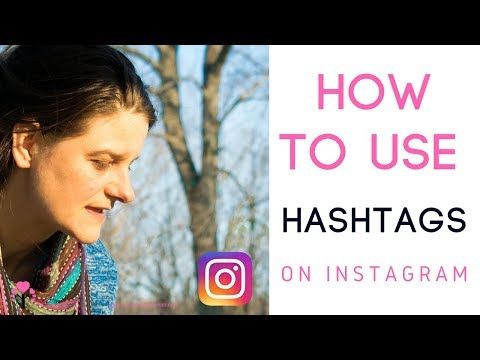 2M)
2M) - #onlinemarketing (8M)
- #contentmarketing (6.5M)
- #marketingtips (6.2M)
- #marketingstrategy (6M)
- #marketingstrategy (6M)
- #startups (5.3M)
- #management (5.1M)
- #businesstips (5.1M)
- #software (5M)
- #B2B (2.6M)
- #instagramforbusiness (1.4M)
- #b2bmarketing (528k)
- #eventmarketing (408k)
- #b2bsales (125k)
Popular B2C Hashtags
- #training (133M)
- #smallbusiness (104M)
- #business (101M)
- #sale (95M)
- #onlineshopping (85M)
- #marketing (69M)
- #marketingdigital (39M)
- #promo (35M)
- #socialmedia (32M)
- #digitalmarketing (25M)
- #startup (24M)
- #socialmediamarketing (19.
 7M)
7M) - #sales (19M)
- #advertising (15M)
- #ecommerce (12.3M)
- #networking (12.1M)
- #onlinebusiness (11.4M)
- #onlinemarketing (8M)
- #smallbiz (7M)
- #company (7.9M)
- #startuplife (5.6M)
- #contentmarketing (6.5M)
- #socialmediatips (3.2M)
- #marketplace (2.5M)
- #b2c (350k)
- #b2cmarketing (185k)
Keep in mind that the most popular Instagram hashtags are not necessarily the most effective.
A large number of posts may mean lots of people follow that hashtag, but it also means there’s a ton of content on it and your posts might get lost. Instagram suggests using a combination of popular and niche hashtags to reach different audiences, from broad to specific.
Types of popular Instagram hashtags
Instagram breaks hashtags down into nine distinct types:
Product or service hashtagsThese are basic keywords to describe your product or service, like #handbag or #divebar
Niche hashtagsThese get a little more specific, showing where you fit in the context of your industry, like #travelblogger or #foodblogger
Industry Instagram community hashtagsCommunities exist on Instagram, and these hashtags help you find and join them. Think #gardenersofinstagram or #craftersofinstgram
#1 Social Media Tool
Create. Schedule. Publish. Engage. Measure. Win.
Start free 30-day trial
Special event or seasonal hashtagsThese can refer to real holidays or seasons, like #summerdays, or they can be used for all those National [Thing] Day holidays, like #nationalicecreamday or #nationalnailpolishday
Location hashtagsEven if you geo-tag your Instagram post, it can still be a good idea to include a hashtag that refers to your location, like #vancouvercraftbeer or #londoneats
Daily hashtagsEvery day has plenty of its own hashtags, from #MondayBlues right through to #SundayFunday. We created a whole list of daily hashtags for you to choose from if you’re looking for an easy source of hashtags to add to your posts.
We created a whole list of daily hashtags for you to choose from if you’re looking for an easy source of hashtags to add to your posts.
These hashtags combine elements of product hashtags, niche hashtags, and community hashtags. Basically, they’re phrases people use on Instagram to connect to existing communities in a slightly insider way, like #amwriting or #shewhowanders
Acronym hashtagsPerhaps the best-known acronym hashtag is #TBT for Throwback Thursday. Other popular acronym hashtags include #OOTD for outfit of the day, #FBF for flashback Friday, and #YOLO for you only live once.
Emoji hashtagsThese hashtags can include emojis on their own, like #????, or words or phrases with emojis attached, like #sunglasses????.
View this post on Instagram
A post shared by Cartems Donuts (@cartemsdonuts)
Branded hashtags are another great option for businesses on Instagram. We’ll get into more details on those later in this post.
We’ll get into more details on those later in this post.
Instagram Hashtag FAQs
How many hashtags to use on Instagram
How to hide hashtags on Instagram
How to find trending hashtags on Instagram
How to search multiple hashtags on Instagram
How to find the best Instagram hashtags for YOUR brand
How many hashtags to use on Instagram
You can include up to 30 hashtags on a regular post, and up to 10 hashtags on a Story. If you try to include more, your comment or caption won’t post.
That said, just because you can use that many hashtags for Instagram doesn’t mean you should. There’s no right number of hashtags for every business, or even for every post by the same business.
The consensus is that about 11 hashtags is a good number to start with. But the most common number of hashtags to use on Instagram is between 3 and 5.
You’ll need to do some testing to determine what works best for your particular business.
How to hide hashtags on Instagram
When you’ve spent time crafting a great Instagram caption, you may not want to end your post with a prominent collection of hashtags. Fortunately, there are a couple of easy ways to make your hashtags less visible.
How to hide Instagram hashtags in a comment:- Write your caption as usual but don’t include any hashtags.
- Once your post is published, simply click the speech bubble icon under your post to leave a comment.
- Write out or paste the hashtags you want to include in the comment box and tap Post.
- On mobile, your hashtags won’t be visible unless a user taps View all comments. However, on desktop, your comment will remain in the top position, so this trick works better if you’re targeting a mobile audience.
Source: VW on Instagram
You can also use hashtags within the caption itself without them being super-visible.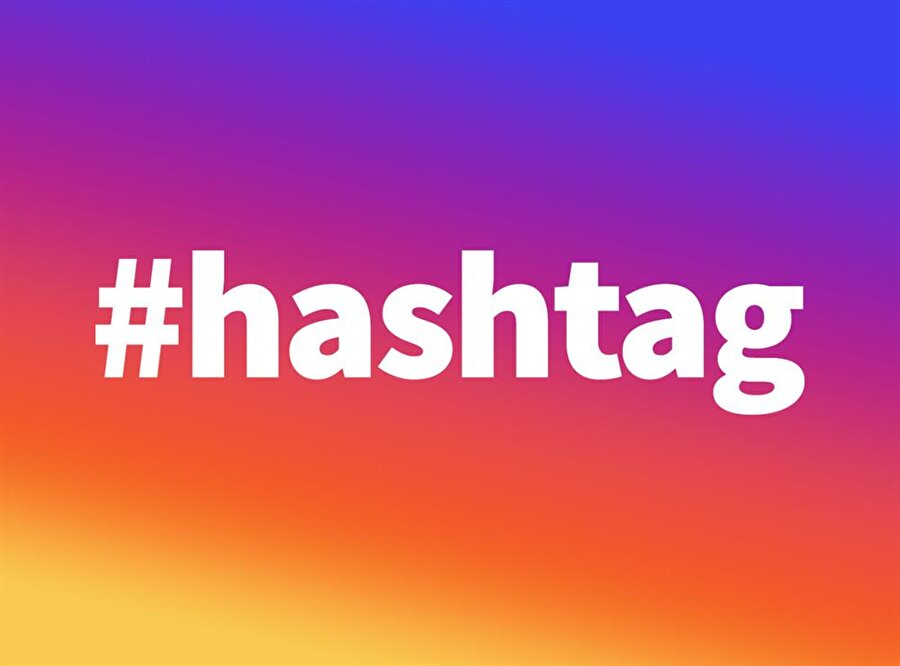
- At the bottom of your caption, tap Return or Enter. If you don’t see a Return or Enter button, tap 123 to bring it up.
- Enter a punctuation mark (try a period, bullet, or dash), then hit Return again.
- Repeat steps 2 to 4 at least three times.
- Instagram hides captions after three lines, so your hashtags won’t be viewable unless your followers tap … more. Even then, your hashtags will be visually separated from your caption so they don’t distract from your copy.
How to hide hashtags on Instagram StoriesView this post on Instagram
A post shared by Rocky Mountain Soap Company (@rockymountainsoapco)
You can hide hashtags on Instagram Stories, too. One option is simply to minimize the appearance of your hashtags by pinching and shrinking them to make them quite small.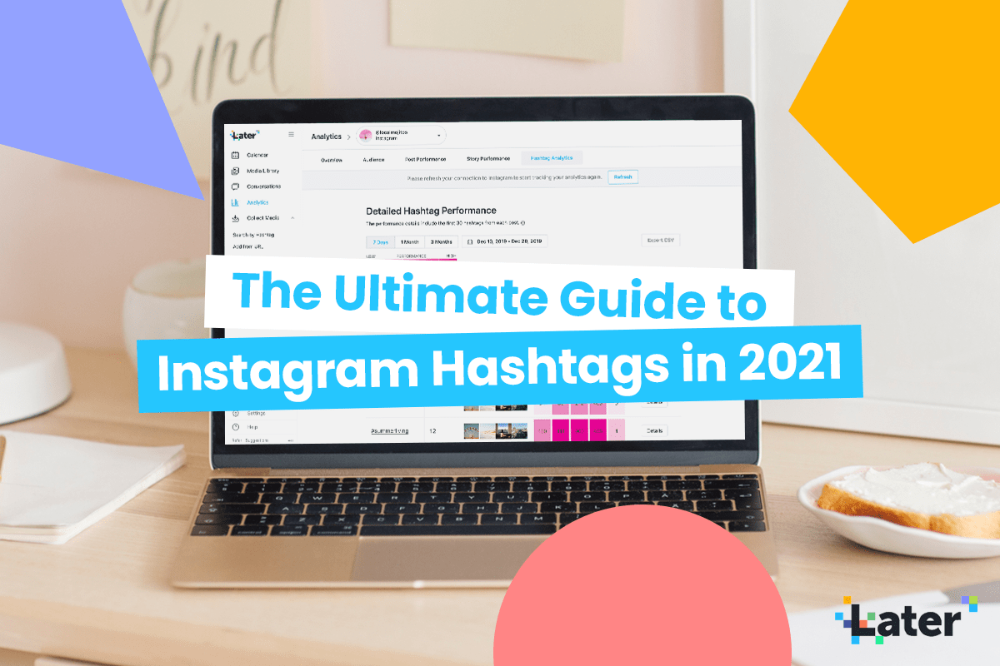 You can also tap the hashtag sticker to change it from a white background to a semi-transparent one.
You can also tap the hashtag sticker to change it from a white background to a semi-transparent one.
If you want to hide your hashtags entirely, you can paste an emoji, sticker, or GIF overtop to obscure them.
Source: Christina Newberry
How to find trending hashtags on Instagram
Unlike Twitter, Instagram doesn’t publicize a list of trending hashtags. However, if you search for a hashtag on Instagram, you’ll see how many posts use that hashtag. You’ll also see a list of other popular Instagram hashtags using similar words, with post counts included too.
Source: Instagram
To search for a hashtag on desktop, enter the hashtag including the # symbol into the search box. On mobile, enter your search term in the search box, then tap Tags.
If you’re paying attention to your Instagram feed, you’ll learn to quickly spot trending hashtags as they emerge. Don’t be too quick to jump on a trend, though. Only post using a trending hashtag if it really makes sense for your business, and for the specific content in your post.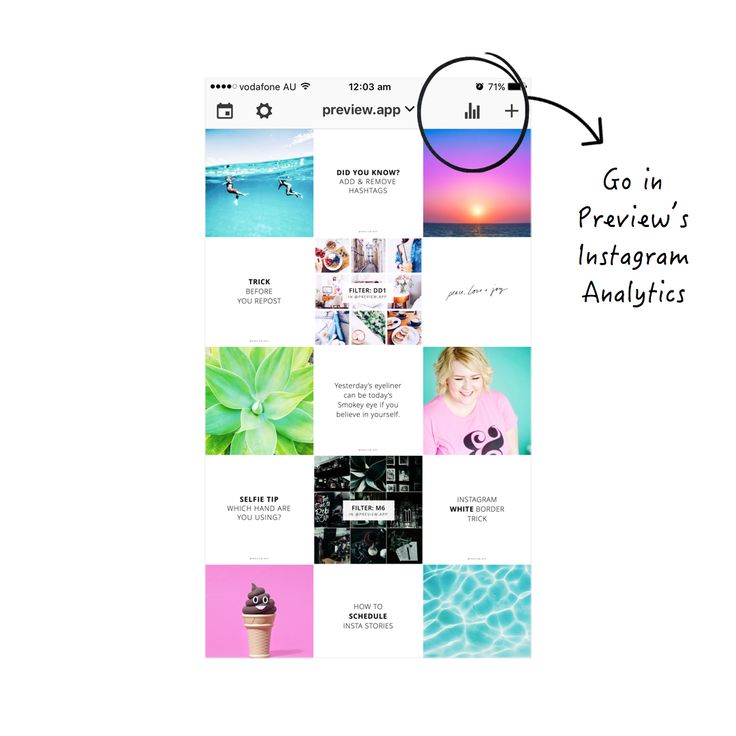
How to search multiple hashtags on Instagram
The easiest way to search multiple hashtags on Instagram is to set up search streams in a social listening tool like Hootsuite to track the hashtags you’re interested in so you can see all the relevant content on one screen without having to conduct each one as an individual Instagram hashtag search.
Source: Hootsuite
Instagram business profiles can conduct up to 30 unique hashtag searches in any given seven-day period.
We wrote a full post about the benefits of social listening if you want to dig deeper into how this works.
Bonus: Download a free checklist that reveals the exact steps a fitness influencer used to grow from 0 to 600,000+ followers on Instagram with no budget and no expensive gear.
Get the free guide right now!
How to find the best Instagram hashtags for YOUR brand
Here’s the truth. You could upload your photo to one of the many Instagram hashtag generators out there and get a bunch of free suggestions for hashtags. But, these suggestions aren’t going to be as strategic and effective as doing the research yourself.
But, these suggestions aren’t going to be as strategic and effective as doing the research yourself.
Here’s some tips to try for coming up with Instagram hashtags that will actually drive reach and engagement.
Check out the competition
You don’t necessarily want to model your competition’s strategy too closely, but taking a look at the hashtags they use can give you some good clues about what’s working for others in your industry.
Maybe you’ll discover new hashtags to add to your repertoire. Or you could decide you don’t want to compete for the same eyeballs, in which case you can search for alternative hashtags to use.
See what hashtags your audience is already using
After all, if your audience is already using a certain hashtag, then other people just like them are probably using it too. Finding these existing Instagram communities is a great way to expand your audience and reach the people who are most likely to be interested in your business.
Keep an eye on your top followers and see what hashtags they’re using. Instagram’s search tool can give you some additional information about which hashtags the people you follow care about. When you conduct an Instagram hashtag search, the search tool will show you if anyone you follow also follows that hashtag. (Note that this only works on mobile, not on desktop.)
Source: Instagram
Use Instagram’s Related Hashtags feature
On any hashtag page, right above the “Top” and “Recent” tabs, you’ll find a list of related hashtags that you can scroll through by swiping left.
Source: Instagram
This is a great way to find relevant hashtags that might be a bit more niche than the big keyword-based hashtags you originally searched for. That means a more targeted audience with less content to compete with. These can be some of the best hashtags for Instagram brands wanting to connect with passionate communities.
Create a branded hashtag
The best hashtag for your brand may be one you create yourself.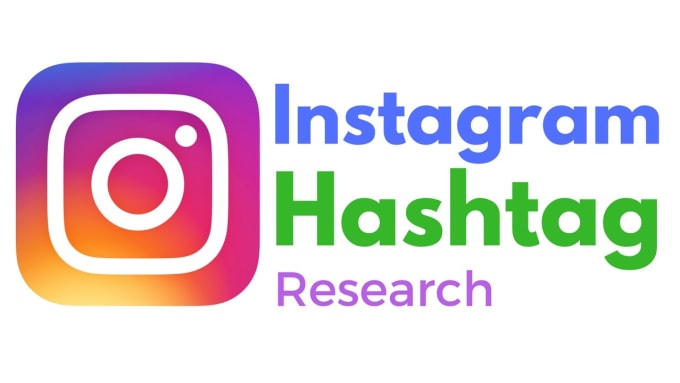 A branded hashtag is simply a tag that you create to promote your own brand or campaign.
A branded hashtag is simply a tag that you create to promote your own brand or campaign.
You can then let your audience know about your hashtag by including it in your Instagram bio and highlighting it in your captions and Instagram Stories. You could also consider running a contest with a branded hashtag to popularize the hashtag while also collecting user-generated content.
View this post on Instagram
A post shared by lululemon (@lululemon)
Source: Lululemon on Instagram
Make sure to follow your branded hashtag, both within the Instagram app and using a stream in your social media dashboard, so you can monitor how it’s being used. Look for opportunities to reshare great content or connect with influential members of your audience.
To follow a hashtag within Instagram, simply tap it, then tap the blue Follow button on the hashtag page.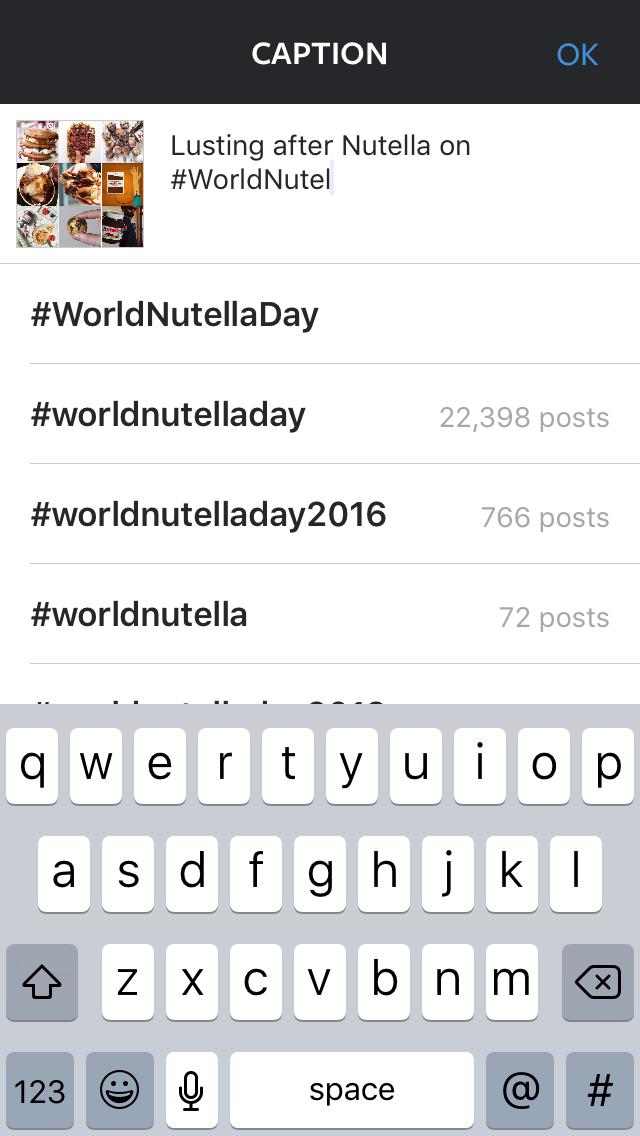
Source: Instagram
Use Hootsuite’s hashtag generator
Coming up with the right hashtags for every. single. post. is a lot of work.
Enter: Hootsuite’s hashtag generator.
Whenever you’re creating a post in Composer, Hootsuite’s AI technology will recommend a custom set of hashtags based on your draft — the tool analyzes both your caption and the images you’ve uploaded to suggest the most relevant tags.
To use Hootsuite’s hashtag generator, follow these steps:
- Head to Composer and start drafting your post. Add your caption and (optionally) upload an image.
- Click the hashtag symbol below the text editor.
- The AI will generate a set of hashtags based on your input. Check the boxes next to the hashtags you want to use and click the Add hashtags button.
That’s it!
The hashtags you selected will be added to your post. You can go ahead and publish it or schedule it for later.
You can go ahead and publish it or schedule it for later.
7 tips for how to use hashtags on Instagram
1. Use Insights to see which tags work best
If you’ve made the switch to an Instagram business profile, you have access to post insights that tell you how many impressions you received from hashtags.
1. Select the post you want data on and tap View Insights below the post on the left.
2. Swipe up to see all the insights for that post, including the number of impressions from hashtags.
This data helps you figure out which hashtags are most effective for improving reach.
2. Include hashtags on Instagram Stories
Hashtag pages have an Instagram Story icon in the top left corner. Click on it and you’ll see a collection of Stories posts tagged with the hashtag from people with public profiles.
Source: Instagram
There are two ways to add hashtags to your Stories. The first method is to use the hashtag sticker.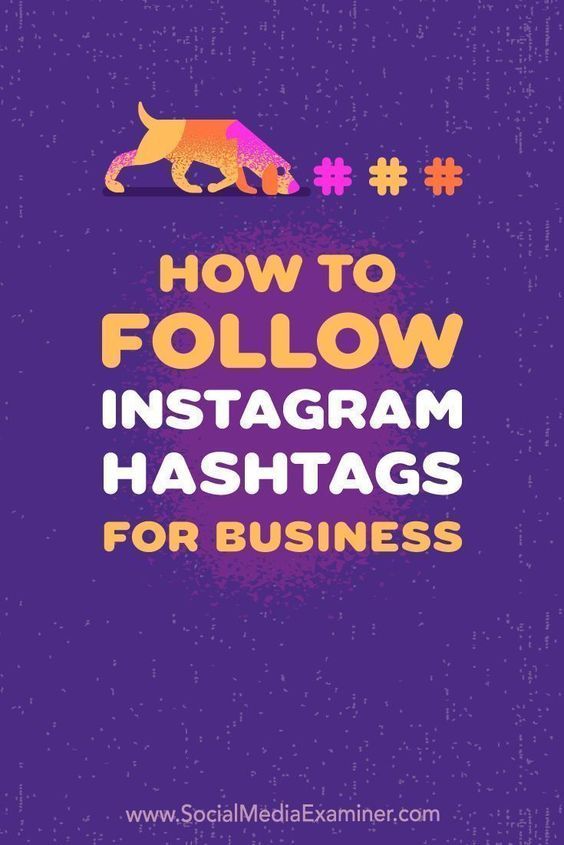
Source: Instagram
Or you can simply use the text tool and the # symbol to type out the hashtag the same way you would on a photo or video post.
3. Avoid banned hashtags and spammy hashtags
When inappropriate content becomes associated with a hashtag, Instagram might ban that hashtag.
This doesn’t mean that you can’t use it at all. Instead, it means that if you click on the tag, you will only see top posts. You won’t see recent posts, and there won’t be any Stories associated with the hashtag.
Here’s what it looks like when you run into a banned hashtag:
Source: Instagram
The only way to know if a hashtag is banned is to check it before you use it. This is a good practice to put in place every time you add a new hashtag to your repertoire. Using banned hashtags can cause a drop in engagement, as your use of legitimate hashtags might also become less effective because you could be dropped in the algorithm.
Even if they’re not banned, you should avoid hashtags that shamelessly solicit likes and followers. Examples include #followme, #like4like, #follow4follow, #tagsforlikes, and so on.
Using these will attract bots, spammers, and other Instagram users who have no intention of engaging with you in any meaningful way. They also show your followers that your brand is okay with engaging in spammy behaviour. And that’s not a good look.
4. Understand how hashtag pages work
Hashtag pages are a great way to expose your content to a new audience, especially if you can get featured in the Top section.
Hashtag pages show off all the content associated with a specific hashtag. If someone searches for a post and yours is the most recent with that hashtag, it will be the first thing they see in the Recent section.
Of course, it’s much easier to stay at the top of the Recent section for a less-popular or really niche hashtag.
Keep in mind that the Recent section is sorted based on when each post was originally shared.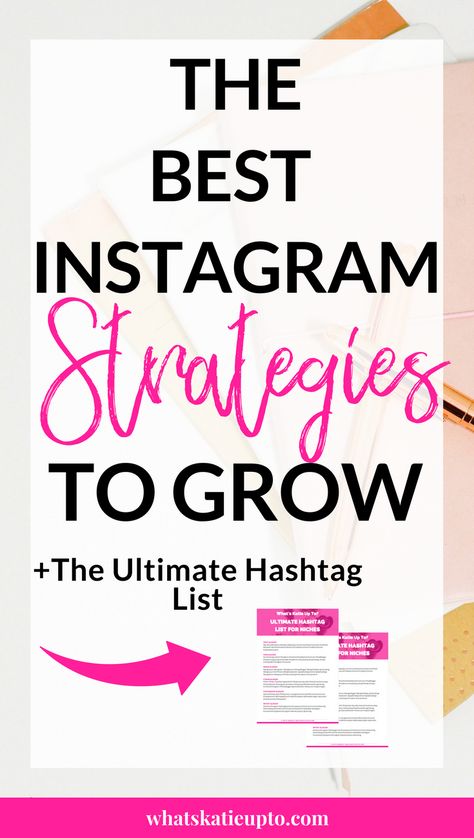 If you add hashtags later, either through a comment or by editing the caption, this won’t bump your post up for recency.
If you add hashtags later, either through a comment or by editing the caption, this won’t bump your post up for recency.
5. Don’t use irrelevant or repetitive hashtags
It might be tempting to simply copy and paste the same long list of hashtags on every post, but don’t do it. Instagram’s community guidelines clearly state that “posting repetitive comments or content” is not okay. If you use the same hashtags for every post, your content will be penalized by the algorithm.
When you create a post, only use hashtags that make sense. If you tag a post with #wanderlust, for example, your content must be something globetrotters will want to comment on, like, and share.
It’s not about getting seen by a lot of people, it’s about getting seen by the right people. That’s how hashtags lead to higher engagement and more followers. Pick and choose the right keywords for each post individually.
6. Make sure that hashtag means what you think it means
Hashtags are often a string of words stuck together.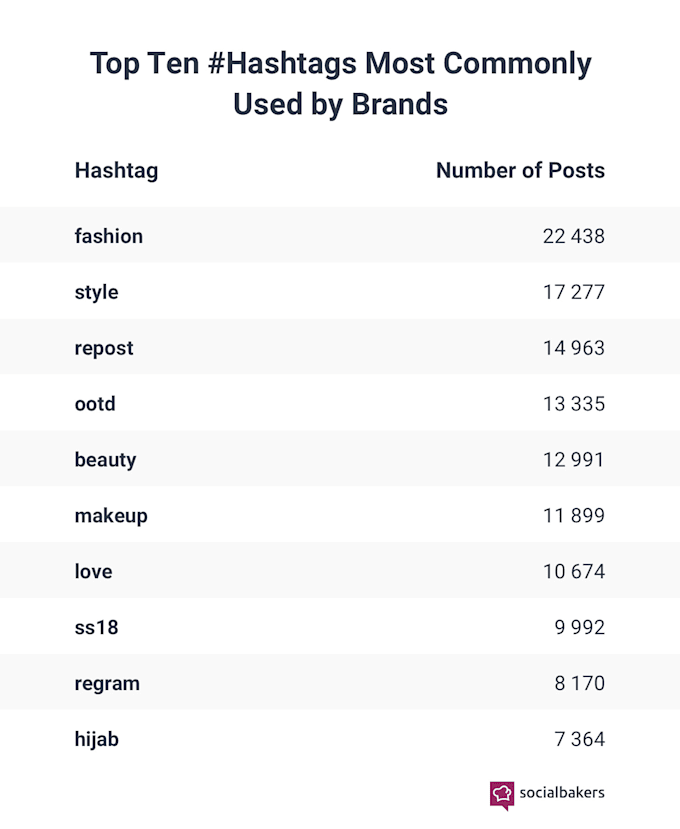 That can create some problems when it’s not clear where one word ends and the next begins.
That can create some problems when it’s not clear where one word ends and the next begins.
One of the worst examples of this was the #susanalbumparty fiasco from way back in 2012. It was a launch celebration hashtag for Susan Boyle’s new album. But read it slowly and you might pick up some words in the middle that clearly make the hashtag a bit… problematic.
Amazon played with this kind of hashtag mistake to promote Top Gear. This was done on purpose, but it would be an easy mistake to combine a possessive “s” and the word “hit” by accident.
View this post on Instagram
A post shared by Mathew chronic (@clarkson_and_memes)
Brands sometimes also are too keen to hop onto a trending hashtag without fully understanding the context. When the context is challenging, this can create a PR disaster for the brand.
And sometimes a brand just doesn’t check to see if a hashtag is already in use before creating a whole campaign. Burger King was guilty of this back in 2013, when they used the hashtag #WTFF to mean “What The French Fry.”
View this post on Instagram
A post shared by #WTFF (@wtff2013)
Since you already know what WTF stands for, you can probably guess why this was a problem.
7. Save hashtags for future use
If you often use the same hashtags, you can save them in a note to reduce time typing them in over and over.
Wait, didn’t we just tell you not to use the same hashtags on every post? It’s true—you should not overuse the same set of hashtags. That said, it is still really useful to have a list of hashtags relevant to the various kinds of content you post. You could even create separate lists of hashtags relevant to the different types of posts you create.
You could even create separate lists of hashtags relevant to the different types of posts you create.
Just create a list of hashtags in your notes app, ready to add to your posts.
You can then pick and choose a few hashtags to use each time, rather than having to remember the hashtags or search for new ones for each post. This also gives you the time to check out what kind of content is already being posted for these hashtags, so you don’t make one of the mistakes mentioned above.
Just remember that every one of the Instagram hashtags you use on a post must fit with the content and should not be too repetitive. Don’t copy and paste your whole saved list onto every post.
Manage your entire Instagram presence and save time with Hootsuite. Schedule posts and Stories, find the best hashtags, easily engage the audience, measure performance, and more. Try it free today.
Get Started
Grow on Instagram
Easily create, analyze, and schedule Instagram posts, Stories, and Reels with Hootsuite.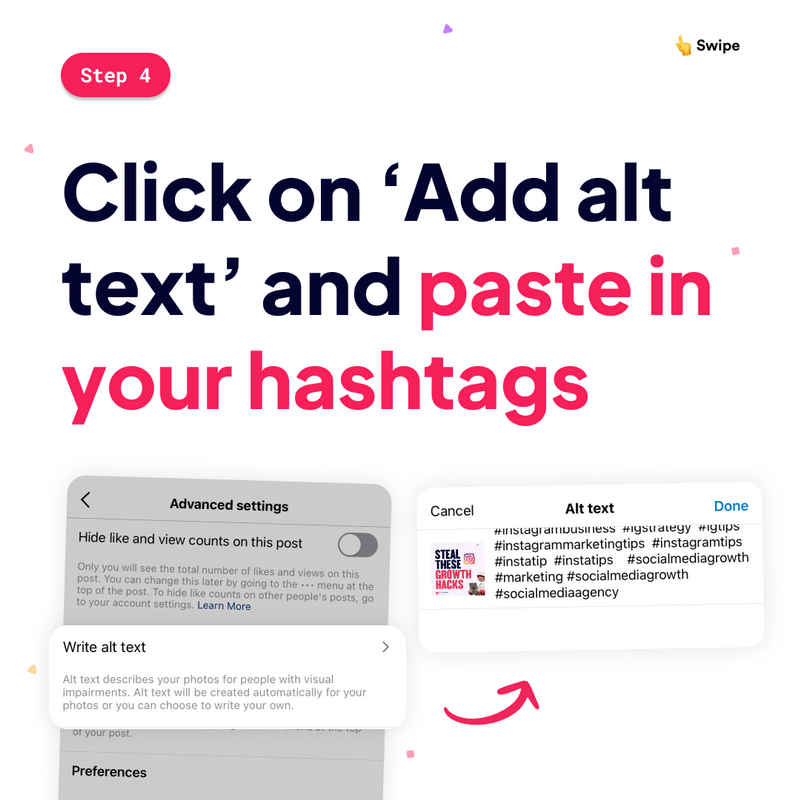 Save time and get results.
Save time and get results.
Free 30-Day Trial
A Guide to Instagram Hashtags for Brands
Quick: what’s in your Instagram caption? Is it #love and #instagood? Or is it more #branded? How much time do you dedicate to thinking about your Instagram hashtags? If you’re dipping your toes in the hashtag waters, it might feel like more is better but this isn’t always the case. Read on to learn more about how using hashtags on Instagram could benefit your brand and how to put these strategies into action.
5 Benefits to using Instagram hashtags
Why should you as a brand even care about hashtags? There are a number of benefits that you get from using hashtags on Instagram. No matter what your social media goals are, there’s an #advantage for everyone.
1. Increases exposure & discovery
The biggest reason for using hashtags is for the increased exposure and discovery. Clicking on a hashtag in Instagram leads to a gallery of both the top posts and latest posts that used the hashtag. From there, you’re able to explore all the related posts, making hashtags a great way for people interested in a certain topic to find more accounts to follow. This means that if you use the right and most relevant hashtags for your brand, others searching on that hashtag will find those posts. Your audience can use branded hashtags to show off their experiences with your products or services as a form of brand advocacy. Hashtags are good for overall brand exposure. Even clicking through one post on the search results page will lead you to other similar posts.
From there, you’re able to explore all the related posts, making hashtags a great way for people interested in a certain topic to find more accounts to follow. This means that if you use the right and most relevant hashtags for your brand, others searching on that hashtag will find those posts. Your audience can use branded hashtags to show off their experiences with your products or services as a form of brand advocacy. Hashtags are good for overall brand exposure. Even clicking through one post on the search results page will lead you to other similar posts.
2. Encourages audience interactions
When you use branded hashtags and encourage their use, it becomes another form of engagement. Tagged feed posts are saved in search results and tagged story posts are saved for the duration of the story. Think of hashtags as just another way to reach and engage your customer base.
3. Competitor analysis
How much digital space are your competitors taking up in your market? Hashtags help you analyze your share of voice on social media.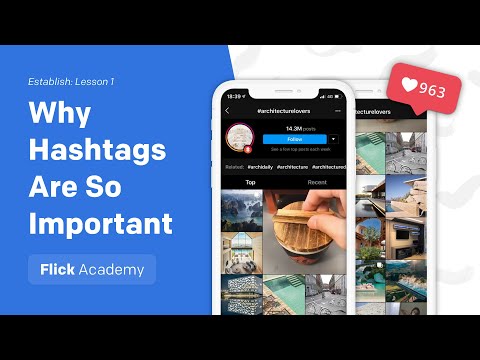 Chances are that you and your competitors will have overlapping hashtags, especially if they’re industry and local ones. In an ideal share of voice situation, your posts and ones that your customers have tagged are taking up the bulk of those hashtag search results. You can also check out posts with your relevant hashtags for content inspiration and to get ideas on where your brand might be falling short compared to competitor content.
Chances are that you and your competitors will have overlapping hashtags, especially if they’re industry and local ones. In an ideal share of voice situation, your posts and ones that your customers have tagged are taking up the bulk of those hashtag search results. You can also check out posts with your relevant hashtags for content inspiration and to get ideas on where your brand might be falling short compared to competitor content.
4. Content research
Similar to what you would do for SEO keyword research, hashtags can help you research different content ideas. Say you want to increase your share of voice in the #naturalskincare hashtag. That’s rather tough since there are over 6.9 million posts with the hashtag.
However, you can use the search results page’s Top tab to see what the best posts have been. Use this area as inspiration. What seems to be working for similar brands? Is there a certain style or caption that’s trending now? By clicking into top posts for details, you might also be able to find additional hashtags that are less highly populated, but just as relevant to your audience, similar to secondary keywords for search optimization.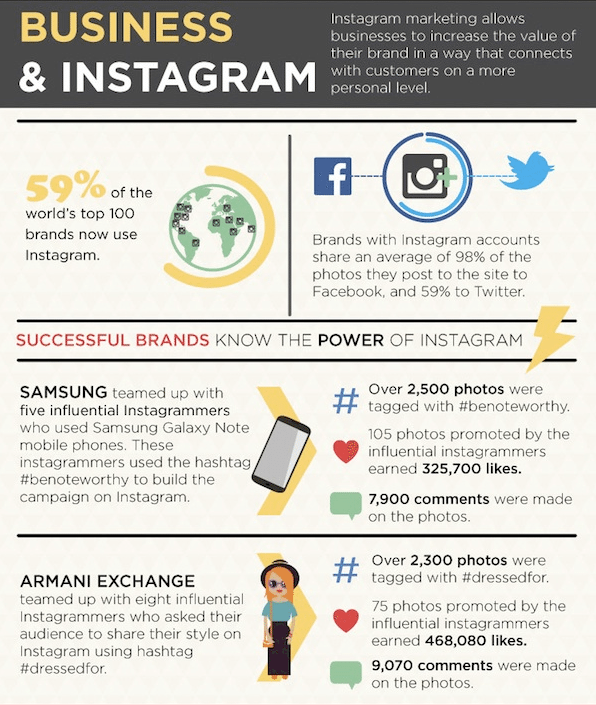
5. Links digital and IRL campaigns
Go shopping in any retail store these days and chances are that you’ll come across a marketing campaign with a hashtag attached. Whether they encourage you to use their general brand hashtag or a campaign one, hashtags offer an easy way to connect digital and in-real-life campaigns.
7 Best practices for Instagram hashtags
Is that post #cool and #creative? Gone are the days where hashtags were still new and brands threw in every popular hashtag they could think of, regardless of its relevance. We’ve reviewed the ways that using hashtags can benefit you, now it’s time to understand the best ways to use them. There’s no single right way to use hashtags on Instagram but there are definitely some best practices. Here are seven to think about.
1. What’s the optimal number?
This is a tricky question because the answer varies wildly. Within a caption, it’s recommended to use 1-3 hashtags. If you enter more hashtags as the first comment, then up to 30 hashtags would be acceptable. However, this is not to say that you should use 30 hashtags for every post. This leads us to the next tip.
However, this is not to say that you should use 30 hashtags for every post. This leads us to the next tip.
2. Use hashtags in the first comment
Too many hashtags in a caption overwhelm valuable real estate and can make it look messy. Keep the caption minimal and if you’re using more hashtags, move them to a comment. With Sprout’s Compose feature, you can schedule the first comment along with your Instagram post and caption.
3. Find the best hashtags for you
There are several ways to find the best hashtags for you. The first and easiest is to look at the influencers and accounts you already follow and note which hashtags they’re already using. Another way is to begin brainstorming various ones and type them into the Instagram search bar. As you type, related hashtags also show up.
In the example above, #coffee is such a popular hashtag that using it might result in more spam comments than you want. Instead, scroll further down the results to find more niche ones that are targeted and relevant to your audience.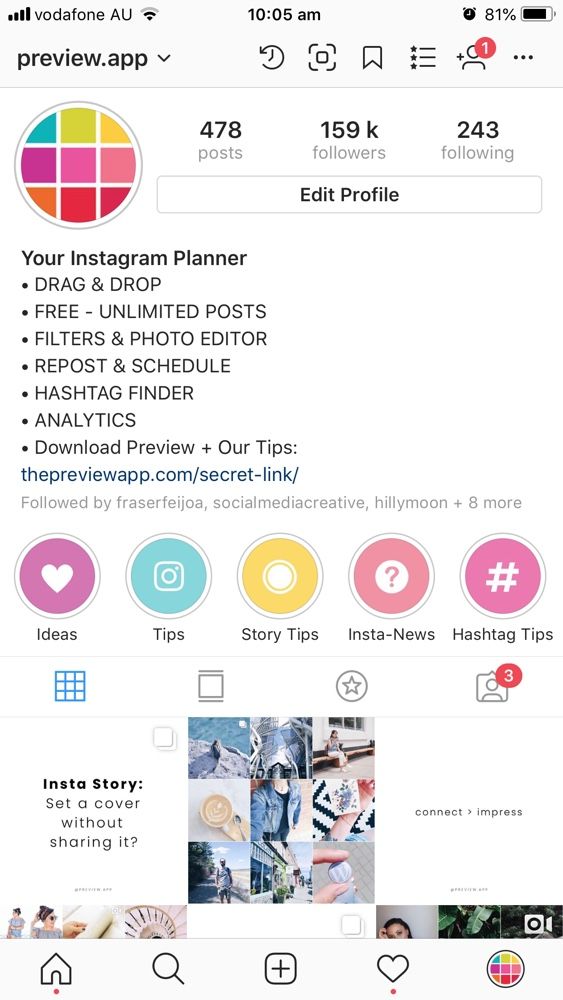
Another way to find relatable hashtags is to use a service like All Hashtag to generate related hashtags based on ones that you enter.
4. Follow hashtags
Instagram offers the ability to follow any hashtag’s search results. When you do this, these posts appear in your feed, alongside all the other posts from accounts you follow. This is a good tactic to use for following industry or community hashtags because it helps you keep tabs on them. It should not be used as a solution for branded hashtags, though, because it doesn’t guarantee that every post will show up in your feed. The above example uses #plantmom as the hashtag. To follow, simply hit that follow button.
5. Encourage the use of branded hashtags
Once you’ve created your list of branded hashtags, make sure to start using them in every relevant post. The most general branded hashtags are often placed in the Instagram bio along with a call-to-action for using them.
In the above example, Papier puts their branded hashtag in the bio.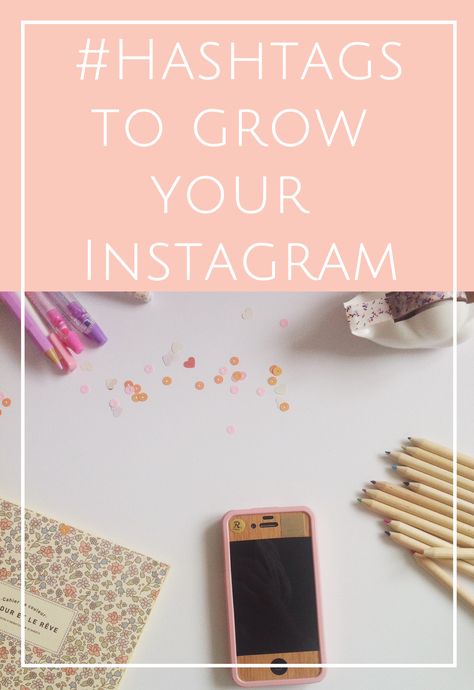 Customers then use this hashtag whenever they post about the brand. On Papier’s end, they utilize a user-generated content strategy and regram the photos.
Customers then use this hashtag whenever they post about the brand. On Papier’s end, they utilize a user-generated content strategy and regram the photos.
6. Keep hashtag lists for easy access
Instead of copying and pasting the same set of hashtags for every post, divide them up into topical ones. For example, your education posts might have different hashtags than a new product announcement post. Instead of generating a new list for each post, keep different lists handy for the various types of content topics that you post.
You can save this type of text in Sprout’s Asset Library to make it easier to attach the right hashtags to each post.7. Don’t forget to add hashtags to Instagram Stories
While Stories do disappear after 24 hours, don’t discount the use of hashtags on them. These show up in the search results, too, and are another easy way of getting more interested followers. Have too many hashtags to put into a Story? Enter your text like normal and then hide them behind a gif or sticker.
Different types of hashtags
There are several different types of hashtags that brands should know about. Each has its own benefit and application.
Branded & product hashtags
If you’ve been managing a brand presence on Instagram for a while, chances are that a version of your branded hashtag already exists, whether or not you were the one who came up with it. Branded hashtags are oftentimes the brand’s name, a brand slogan or related to a brand community. The former is the one that probably already exists for your brand. The latter two will need to be created and used by you. Product hashtags tend to combine your brand name and the product name. This way, you can track posts not just by your overall brand but to specific products. Creating a hashtag for your brand is simple and can easily carry over into your other social media platforms.
For EcoTools, their branded hashtag is their name. To encourage the use of it, the company put the hashtag into their Instagram bio and paired it with a call to action.![]() It’s on every brand post and on many of their customers’ posts, totaling up to over 131k on that hashtag alone.
It’s on every brand post and on many of their customers’ posts, totaling up to over 131k on that hashtag alone.
Campaign hashtags
Campaign hashtags are specific to marketing campaigns that you’re running. Usually, these involve the brand running a regular campaign and adding a hashtag to it in a caption or in the corner of the post. On television ads, you’ll find them resting in the corner for the subtle effect but they could be very prominent if the campaign is centered around the hashtag itself. One example of a campaign hashtag is the #jungalowxtarget one used to promote their recent collaboration. For all posts related to this campaign, both Target and Jungalow will use the unique hashtag. After the collection is available to purchase, customers will also use the hashtag to document their sightings and purchases. Campaign hashtags don’t need to be tied to a product or sales. REI’s #OptOutside campaign encouraged people to go out rather than shop on Black Friday, and therefore wasn’t centered around purchasing.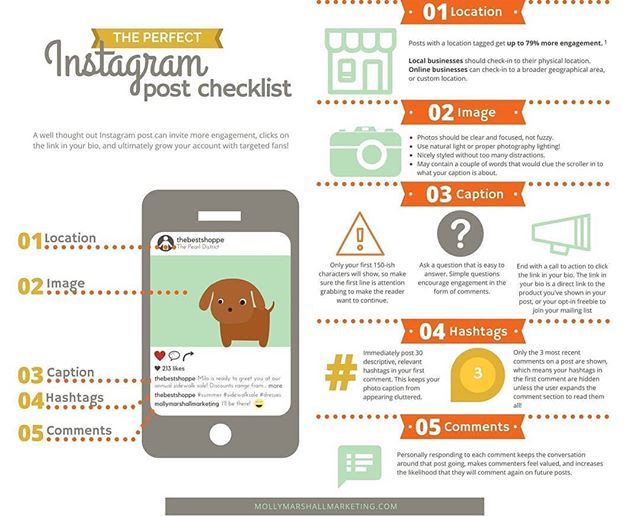
Community & industry hashtags
Nearly every community and industry has at least one hashtag that’s used within them. To find yours, head to some popular community and industry influencer posts and check out their hashtags. Many of these hashtags are simple. The hashtags that are easy to think up are usually the most used.
For craft beer enthusiasts, several exist: #craftbeercommunity, #craftbeergeek and #craftbeerenthusaist are just a few of them. As you can see, all three of these are pretty straightforward and natural to think up, and include in posts for relevant brands.
Location hashtags
Location hashtags are pretty self-explanatory. Most brands are based somewhere and if you have a physical location, this is even more useful for you. Relevant location hashtags include your city and its associated topical hashtags, your neighborhood, the mall name you’re in and any other defining features.
One example is the above #dmvfoodie. This is one of those location + topic hashtags.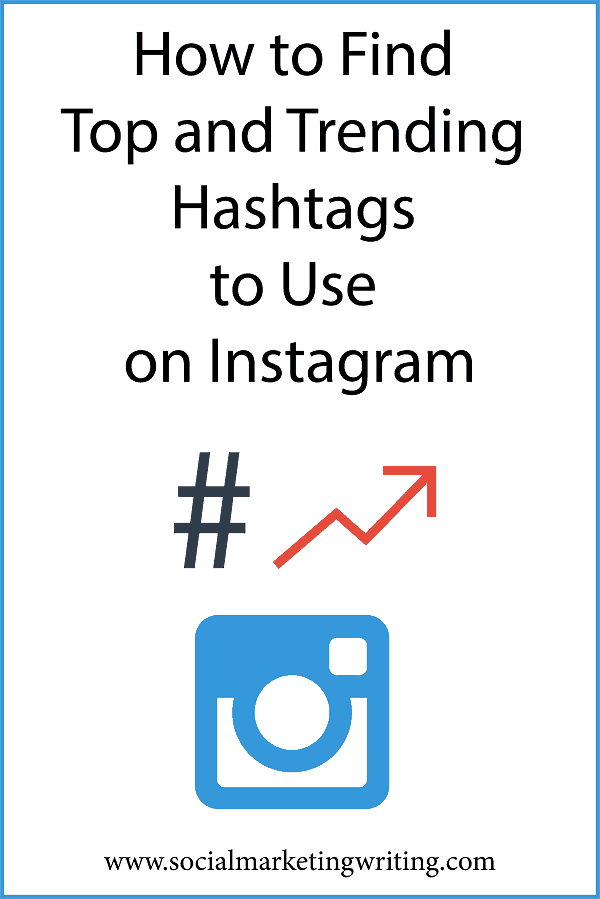 The posts tagged with these are relevant for anyone searching for food recommendations or users in the DC metro area. Other location hashtags to explore include any branded ones that your city’s and state’s tourism boards have already established.
The posts tagged with these are relevant for anyone searching for food recommendations or users in the DC metro area. Other location hashtags to explore include any branded ones that your city’s and state’s tourism boards have already established.
Themed hashtags
Have you ever seen a post about a national food day and wondered who the heck comes up with them? Although national hashtag days are often fairly arbitrary, they’re still fun for audiences to participate in and get attention for specific topics. So when a day comes by that matches with your business, why not join in?
For example, International Sushi Day is on June 18, and on Instagram, the hashtag has over 18k posts. You don’t need to be in the sushi business to post about this, you only need to be related to it. Maybe you work with or are friends with a local sushi business. Feature them in a post to help promote them. To make planning content for these easier, add them to your social media calendar.
Daily hashtags
Daily hashtags aren’t limited to Instagram and they’re easy to find. These hashtags start with the day of the week and then follow up with the topic. There are generalized ones such as #MondayMotivation and #ThrowbackThursday. Nearly any brand can take part in these, and there are plenty of niche topics covered.
These hashtags start with the day of the week and then follow up with the topic. There are generalized ones such as #MondayMotivation and #ThrowbackThursday. Nearly any brand can take part in these, and there are plenty of niche topics covered.
These hashtags cover more interest-based topics and also happen to be daily. For example, on #MonsteraMonday, plant lovers post a photo of their monstera plants. These daily hashtags take a little more work to find but if you’re following influencers in specific fields, you’ll see them come up.
Trending hashtags
This type of hashtag is one of the more difficult ones to post since it involves keeping tabs on the latest and knowing how to apply them to your brand.
For example, the image of Bernie Sanders sitting in a chair with mittens and a face mask on became an instant meme. The image was superimposed nearly everywhere imaginable by both individuals and brands alike. But, like memes and trends are, it was short-lived.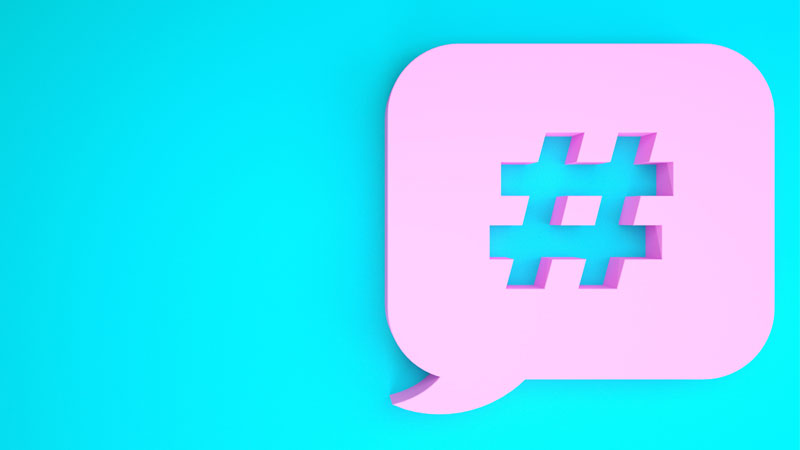 If you caught on early and participated, then you were able to reap the benefits of jumping on the trend. You may need to up your trendspotting skills for social media to get the most out of jumping on memes and trends in a timely and brand-relevant way that resonates.
If you caught on early and participated, then you were able to reap the benefits of jumping on the trend. You may need to up your trendspotting skills for social media to get the most out of jumping on memes and trends in a timely and brand-relevant way that resonates.
Ironic or commentary hashtags
These take a little more humor and are not often used by brands. Ironic or commentary hashtags are tied to the caption and usually at the end of it. These hashtags are not added to be searched on or to promote anything. They’re tongue-in-cheek or sarcastic in nature. For brands, these are not the most useful hashtags but might be relevant if your brand voice fits this kind of humor.
Banned hashtags
And lastly, let’s cover banned hashtags on Instagram. There’s a list that’s constantly being updated of hashtags that, when used, will not generate search results. Some hashtags, usually offensive or spam ones, trigger a flag on your account. Others might get added because the newest posts have been identified as spam content.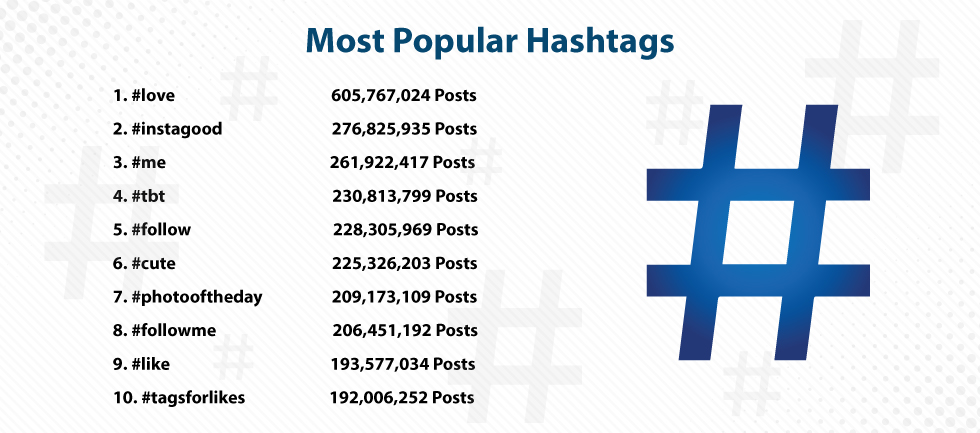 There are several ways to find out if the hashtag you’re thinking of using is banned. When you start searching for them, they won’t show up in the search results as you’re typing. The search results won’t have the Top and Recent tabs. If you’re adding it to a post, it won’t prompt as an autocomplete. Sometimes, they won’t even show any results or will have a warning about the hashtag. While these terms are generally not likely to be in your brainstorming for brand-relevant content, it’s good to fully understand how the platform is monitoring the use of hashtags and enforcing community standards.
There are several ways to find out if the hashtag you’re thinking of using is banned. When you start searching for them, they won’t show up in the search results as you’re typing. The search results won’t have the Top and Recent tabs. If you’re adding it to a post, it won’t prompt as an autocomplete. Sometimes, they won’t even show any results or will have a warning about the hashtag. While these terms are generally not likely to be in your brainstorming for brand-relevant content, it’s good to fully understand how the platform is monitoring the use of hashtags and enforcing community standards.
Tracking & analyzing Instagram hashtags
So you’ve decided on all of your hashtags and you’re ready to get started on the new social strategy. What’s next? Checking in on how all these hashtags are working out for you. As you start to use the same hashtags, you’ll start noticing when you receive more engagement or more spam comments. To make sure that you’re using the right hashtags for you, find a social media tool that offers hashtag analytics.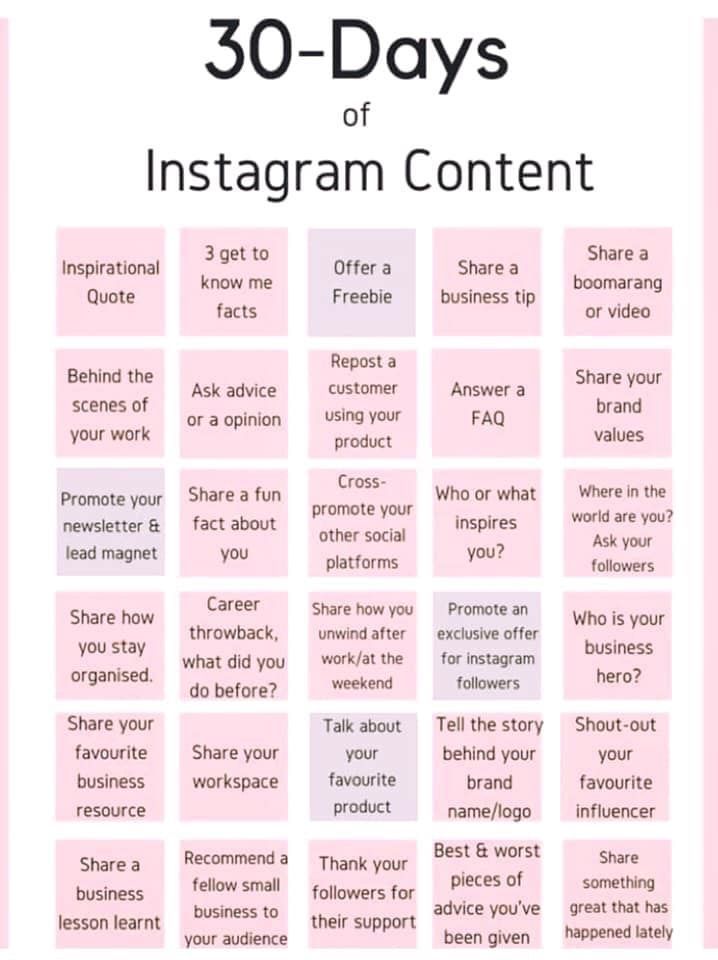
The Outbound Hashtag Performance chart in Sprout’s Instagram Business Profiles Report keeps track of all the hashtags you use on posts and their performance. With one glance, you’ll notice which ones you use the most of and which ones get the most engagement. These two may not generate the same results, especially if you’re switching up the hashtags for posts. By reviewing your analytics, you might end up finding that your most relied-on hashtags are not actually the ones resonating the most with audiences.
Brands should use hashtags on Instagram
Using hashtags on Instagram has many benefits for brands: increased brand exposure, increased engagement and competitor analysis insight. Before jumping into hashtags, it’s recommended to understand the different types that are out there and some best practices to follow. Ready to get into more #InstagramStrategy? Take a look at how to create an Instagram strategy for your brand.
how to get to the TOP + Wow-chips
The classic idea of website promotion looks like this: “This is when you drive in the phrase “buy Syzran wallpaper” and my website is at the very top.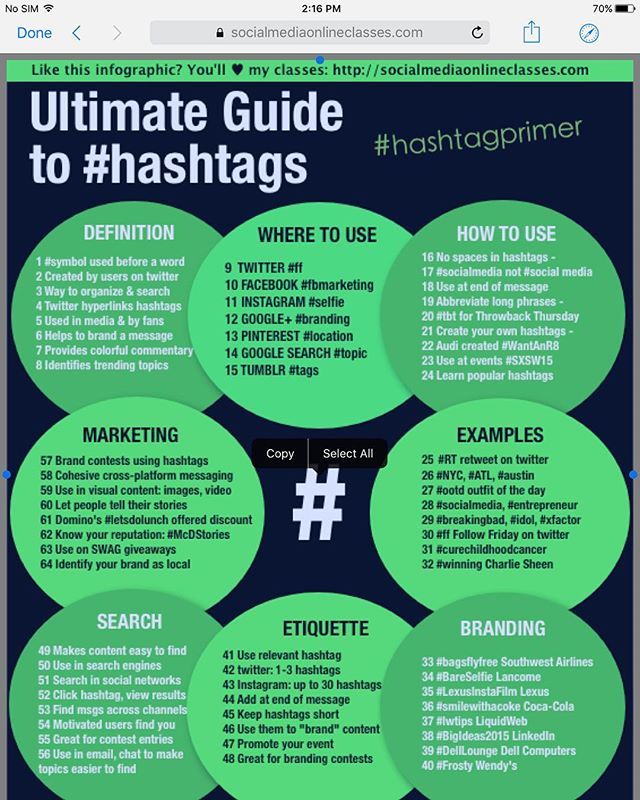 ”
”
Experienced professionals understand that now the conversation has turned to SEO promotion. And you won’t believe it, but Instagram also has a kind of SEO, using which you can attract subscribers to your account. And that's... Instagram hashtags.
What it is and why
If you are an active user of Instagram, you have seen a large list of blue words written through the bars (written as #) at the end of user posts. nine0003
Clicking on any of them will take you to a page dedicated to this word with a list of publications in which it is mentioned. Those are the hashtags.
By the way, I highly recommend our article. There we told everything in detail what we needed and how we appeared.
Related:
What is a hashtag and what does a business need it forBut let's get back specifically to how hashtags work on Instagram. So let's go.
Hashtags In short, hashtags on Instagram are a special thematic tag that groups the content of different users into one group.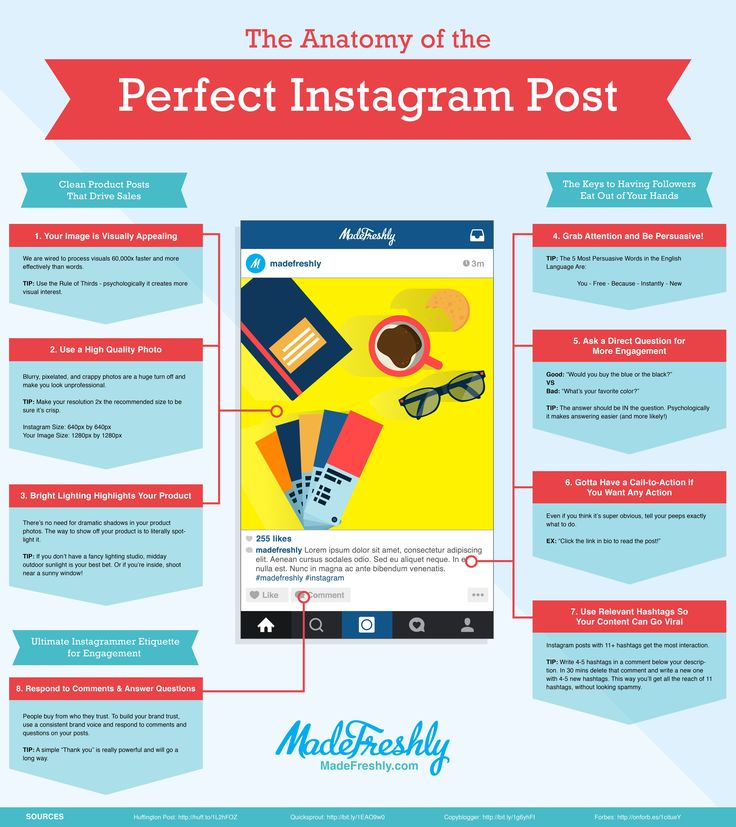 That is, in fact - keywords, thanks to which you can find publications on Instagram that suit you. nine0003
That is, in fact - keywords, thanks to which you can find publications on Instagram that suit you. nine0003
Important. Next, you will learn a super-method for selecting the most popular hashtags on Instagram, but first we will learn the basics so that logical relationships form in our heads.
Why do we need
The correct use of hashtags will help attract people who are interested in this topic to your page, that is, in fact, your future customers. All that remains is to sell them your product / service correctly. But this is a topic for another article.
1. Rules for adding hashtags
It seems that you don't need a lot of mind to write hashtags on Instagram. You take the words that fit the meaning and write in a row. But if you want to get the maximum, then you should still know the basic rules of how to put hashtags on Instagram correctly.
- Write hashtags in Cyrillic and Latin. But remember, when using English words, you begin to compete with the whole world, and not just in Russia;
- A hashtag does not necessarily represent a word.
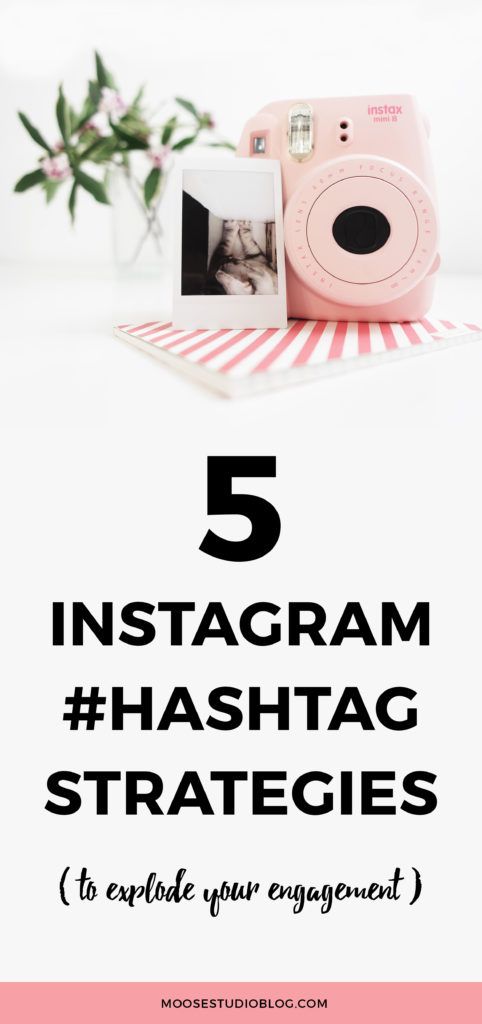 It can also be a phrase. For example, the phrase “favorite Instagram” can be written as #favoriteinstagram or #favorite_instagram. From this follows the third rule...
It can also be a phrase. For example, the phrase “favorite Instagram” can be written as #favoriteinstagram or #favorite_instagram. From this follows the third rule... - Spaces or special characters cannot be used. Hashtags can only be separated by an underscore (_). And in rare cases, using numbers and emoji;
- Write a series of hashtags separated by spaces. This looks more aesthetically pleasing and is perceived by Instagram not as spam;
- The maximum number of hashtags in one post is 30. If you write a lot of hashtags, the trick will fail and Instagram will either cut them or simply post posts without text at all. nine0036
Chip. Where to put them? You can write hashtags in Instagram comments, more precisely, in the first comment, and not just in the post.
They will also be ranked. The quantity is the same - no more than 30 pieces. Below I will tell you how you can use it for your own purposes.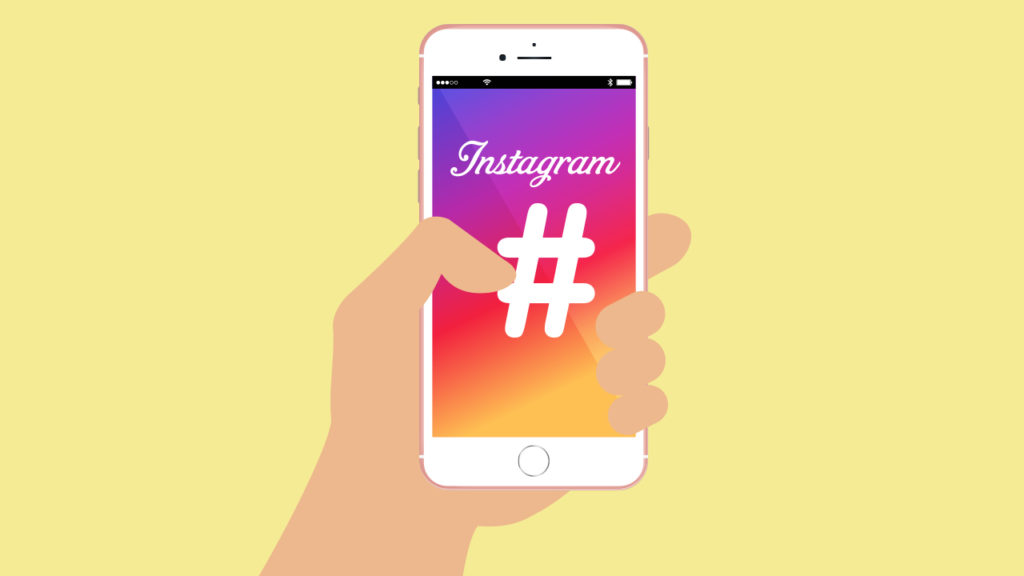
2. Types of hashtags
Remember I wrote that hashtags are keywords? The most interesting thing is that they, like keywords in contextual advertising and SEO, are distributed by frequency. nine0003
True, Instagram does not allow you to view the frequency of a particular hashtag. But it is possible to see how many publications are issued by hashtag separately. This is how they are divided:
- High-frequency - from 100 thousand publications;
- Medium frequency - from 10 to 100 thousand publications;
- Low-frequency - from 500 to 10 thousand publications;
- Rare - up to 500 publications.
To make it more clear: here is an example of a high-frequency, that is, a very popular (read hackneyed) hashtag:
High-frequency hashtags3. Types of hashtags
And to complete the lecture part, I’ll also tell you that hashtags are divided not only into types according to the frequency of their mention, but also into the types of their use:
- Spam hashtags (for example, followme ) .
 Used to collect likes or followers. They give little effect. Use them sparingly and carefully;
Used to collect likes or followers. They give little effect. Use them sparingly and carefully; - Geo-hashtags. Hashtags mentioning the city/region/country. If you have a local business, be sure to use them; nine0036
- Content hashtags. They are relevant to the content of the post. Mandatory to use, as they will bring targeted visitors;
- Trendy. Used to increase account activity. However, you need to use trends close to the business;
- Branded. Mandatory hashtags by which your buyers can recognize your posts. In fact, this is your signature on Instagram;
- Rubricators. nine0035 Used to navigate within your account. And also for promotions, contests, sweepstakes and more.
Important. Do not use ready-made lists of the best hashtags. They tacitly refer to the type of “Spam hashtags”, since there are almost no living or adequate people according to them.
Which hashtags to choose
Ideally, your key task, if we are talking about the right approach to doing business on Instagram, is to assemble the semantic core of your future business profile along with the content plan for Instagram. Optimally, it should be 100-150 hashtags, close to what you do and what you will advertise on Instagram. nine0003
As an advertisement
And right away. If you want to collect only popular hashtags in the hope of always being on top, then I can upset you. This will not give the desired effect, since either bots or people who themselves want to sell something “scam” them.
Therefore, when forming the semantic core, be smarter and collect an equal number of high-frequency, mid-frequency and other types of hashtags.
This will increase your chances of attracting customers, not fake pages. nine0003
SEARCH SERVICE
How to choose hashtags? This can be done in three popular ways (bypassing spam lists of the best hashtags): manually, by “withdrawing” them from competitors, using special programs and services.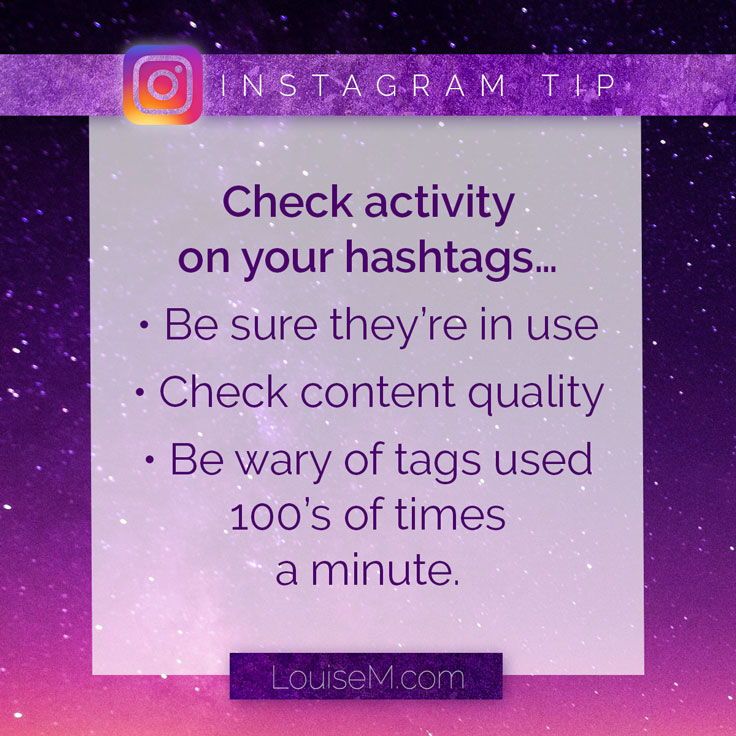 I still recommend using a service where everything is already thought out and there is analytics - Instatag.
I still recommend using a service where everything is already thought out and there is analytics - Instatag.
Its charm is that the hashtags are sorted by directions and there are even special classifiers like “hashtags for likes”. All you need is to go to the service and select the hashtags that you need. nine0003 Instatag
Do not forget to carefully study our article. There we have collected the best services to promote your Instagram account!
Related:
Instagram promotion services: the best to be in the topCOMMON ERRORS
Instagram is one of the few social networks in which hashtags play a significant role.
And that's why experienced marketers, advertisers, and people of related professions are so actively using them and teaching how to do hashtags on Instagram correctly. nine0003
But either they themselves do not fully understand Instagram algorithms, or people do not attach any importance to this, when using hashtags they make a lot of mistakes. Which negatively affect the promotion of their pages:
Which negatively affect the promotion of their pages:
- Many hashtags. Often, business accounts post a lot of hashtags in the hope that it will drive traffic. But unfortunately, the more hashtags, the more you turn the system against yourself, signaling that you are a spammer;
- Lots of popular hashtags. nine0035 Another error. It is better to post hashtags like #stretch ceilings_vologda than just #stretch ceilings. The number of likes will be less, but there will be more customers;
- The same hashtags. This is a strong signal to Instagram that you are a spammer. The punishment can be very severe. In each post, change your hashtags, and release some without them at all;
- Closed page. Very often people try to write hashtags on a closed page. This is a completely useless exercise, since hashtags on closed pages are not ranked by Instagram. nine0036
By the way, there can be 2 types of punishment for incorrect use of hashtags: complete deletion of the account (the worst) and “shadow ban”, this is when you see your publication, but the subscribers do not.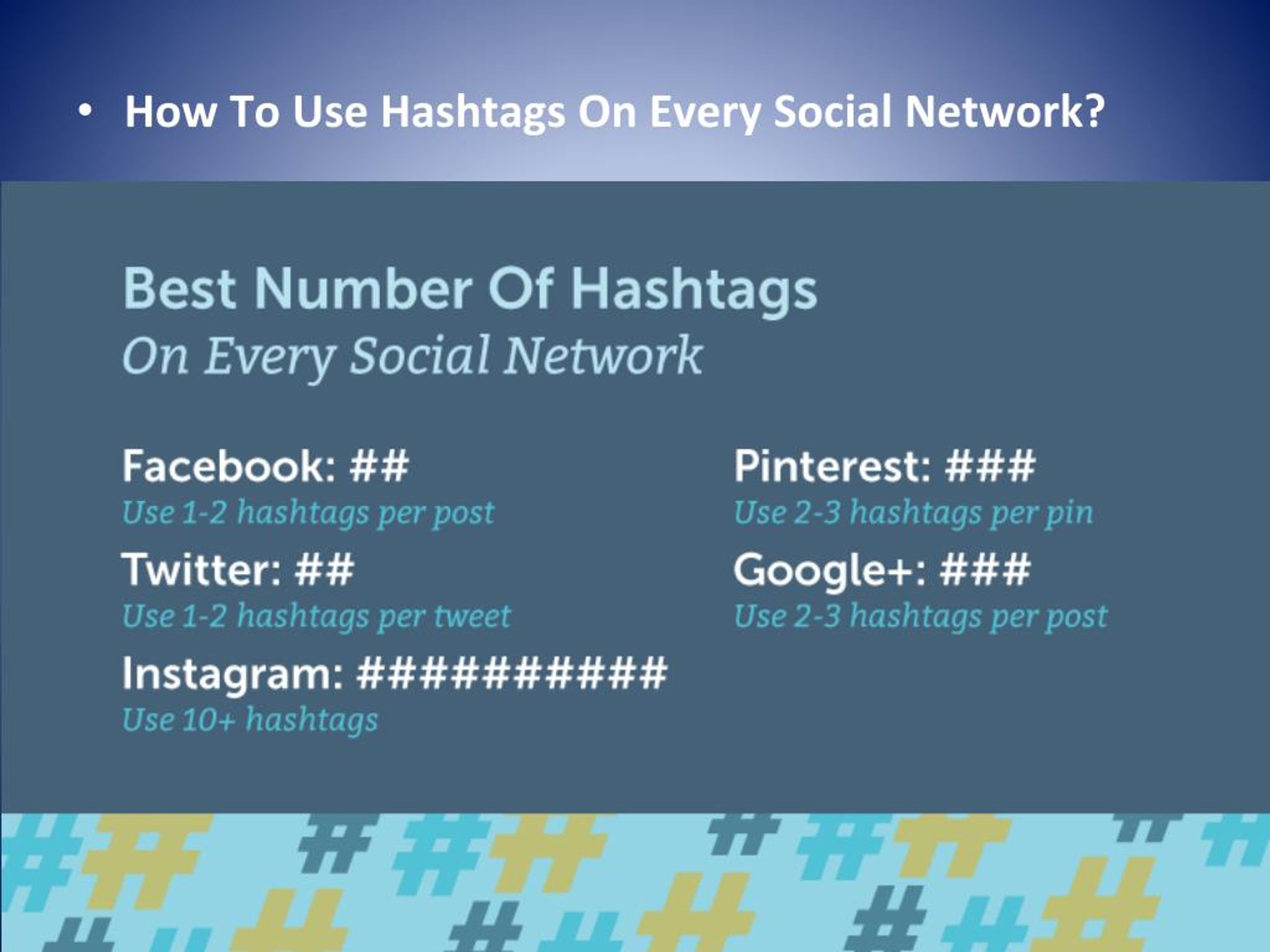
Related:
Shadow ban: signs + how to get outIn general, punishment is an extremely rare phenomenon, but I was obliged to warn.
Different approaches
If we are talking about the classic hashtag scheme that most users use, then it's just to write a list of all the words that come to mind and are more or less relevant to the posted publication. nine0003
This certainly has an effect, and little by little traffic will be attracted. But there are smarter approaches to put them more efficiently that I recommend using.
Life hack. Optimize your customer interactions on Instagram with MyBotan. The chatbot will automatically respond to messages, save data about the client and his requests. And you can not only choose a ready-made answer template, but also create your own. Agree this will facilitate the work in the social network? Click and test 3 days for free -> MyBotan
1. Improved version
First, you prepare hashtags for each post in the amount of no more than 20.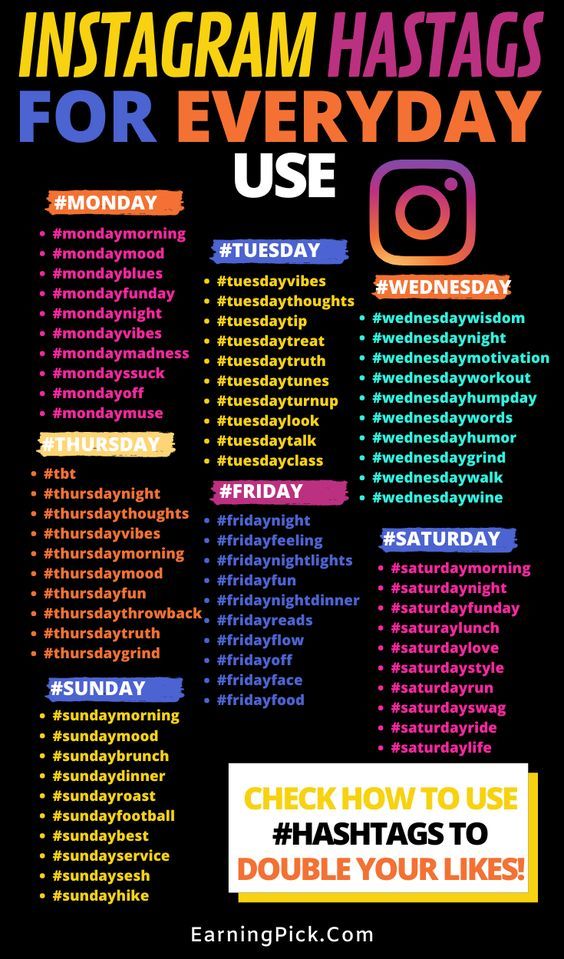 The ideal number is about 10. And at the end of the post, highlight them in a separate block from the text. Readers will perceive this more loyally for the perception of the main text.
The ideal number is about 10. And at the end of the post, highlight them in a separate block from the text. Readers will perceive this more loyally for the perception of the main text.
2. Native version
In the text of the post itself, you need to place several hashtags (preferably 2-4), scattering them along the entire length.
The remaining 7-10 hashtags, you post in the first comment. So we kill 2 birds with one stone: it all looks beautiful and users go inside the post to look at the comment. nine0003 Native variant
3. Bomb variant
The main task of hashtags is to attract traffic to the site and help the publication to reach the TOP or up the user feeds.
Therefore, you can use the following trick, which is called the “like bomb”. In the post itself, you publish 30 hashtags, in the first comment 30 more.
At the start, this will give a small but increase in likes.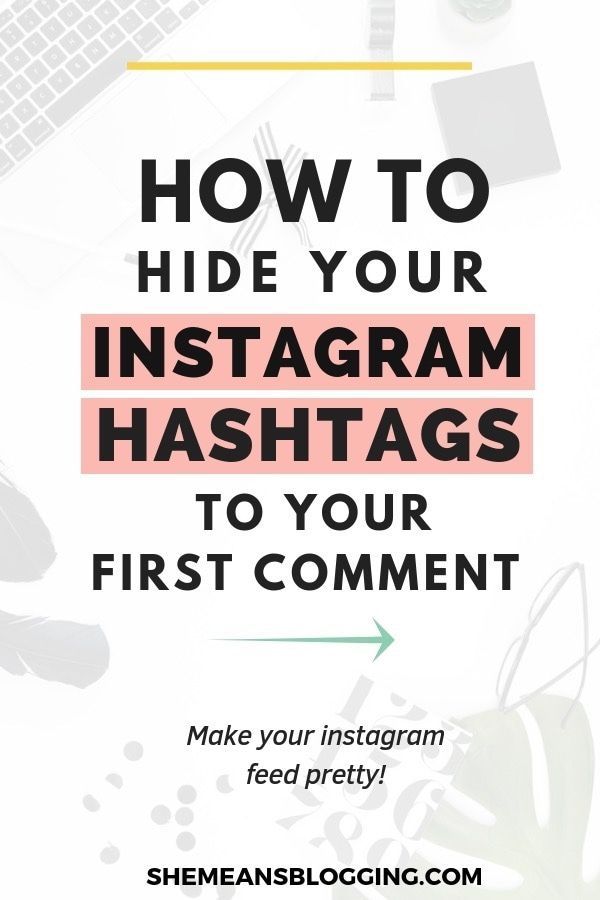 In addition, do not forget that you need to “give impetus”, that is, boost likes and comments with the help of special services, for example, TmSmm, Instaplus.pro. nine0003
In addition, do not forget that you need to “give impetus”, that is, boost likes and comments with the help of special services, for example, TmSmm, Instaplus.pro. nine0003
Two moments. After a couple of days, don't forget to remove most of these hashtags, leaving only low frequency ones. Otherwise, Instagram will impose restrictions on you as a spammer. The second point - do not repeat such a thing often. Otherwise... you know the punishment.
Bomb versionBriefly about the main thing
That's all. To be honest, I gave away almost everything I knew.
Hashtags are a good way to attract customers, if they are used correctly, and not mindlessly stamped, attracting people who work through mass liking. nine0003
All that is required of you now is to apply all the knowledge gained in your Instagram account. And then, do not stop and constantly work on updating them, because today you are doing well, and tomorrow your competitor is also doing well, and the overall effect is not the same.
Interesting. Get more hits and sales on Instagram with the help of the top Taplink multilink service. With it, you can create any form of communication (viber, WhatsApp, Telegram), create cool websites and online stores, and accept orders and payments directly on Instagram. Click and test 7 days for free -> Taplink (Promo code "inscale7")
The most popular hashtags on Instagram: everything you need to know
There are many theories about popular hashtags on Instagram: how they work, increase reach and help promote your account. We’ll tell you how everything really works and how to work with hashtags, select tags for a post and analyze effectiveness.
What are Instagram hashtags
A hashtag is a word preceded by a # symbol that acts as a link within a social network. Users use hashtags to mark posts related to a particular topic. Sometimes personal hashtags are created to separate the posts in the account into different categories. nine0003
On Instagram, you can put up to 30 hashtags under one post. All subsequent words simply will not work as hashtags, but will look like plain text.
All subsequent words simply will not work as hashtags, but will look like plain text.
Hashtags can be placed not in the body of the post, but in the comments. The main thing is that this comment is left by the owner of the account.
It does not matter how much time has passed between the publication of the post and the addition of hashtags. But if the hashtags are added much later, the post will not reach the top for them: this is greatly affected by the speed of gaining likes, and for old posts it is low. nine0003
There are also hashtags in stories. They work on the same principle as hashtags in an account: when clicking on a tag, the user goes to the feed with other publications where the same hashtag is used.
Why Instagram hashtags are needed
Hashtags solve several problems: from contest mechanics to account promotion.
-
Sort photos by subject
Initially, hashtags were invented to determine the topic of publications: it is really convenient to find all posts about food in one click.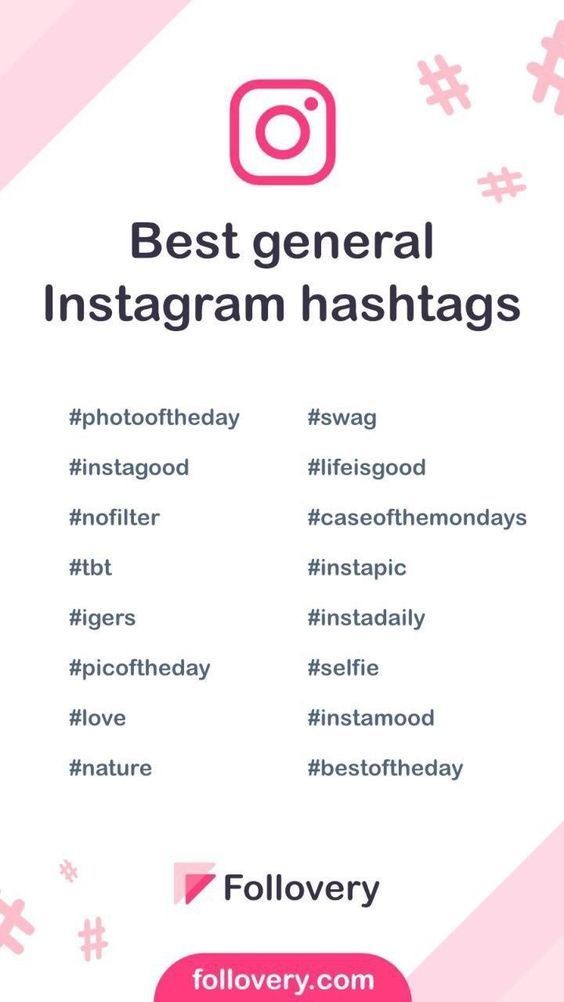 And now Instagram hashtags work that way, especially on people's personal accounts. nine0003
And now Instagram hashtags work that way, especially on people's personal accounts. nine0003
-
Create rubrics
Bloggers or brands write about different topics. So that posts in one account do not mix, they use personal hashtags with a category designation, for example: #mashaest, #mashasport, #mashatravels original).
-
Help run a contest, giveaway, sfs
Without hashtags, most contest mechanics would be impossible. By hashtags, the organizers find participants and determine the winner. nine0003
-
Group UGC content
Brands find publications with UGC thanks to hashtags. Users post reviews, photos from establishments, shots of products on their personal pages, but at the same time indicate the brand hashtag. With the help of the hashtag, the company finds this content and can react to the publication or use the author's post on their page.
-
Attract new people to the account
Users find new accounts through hashtags and like or follow the account.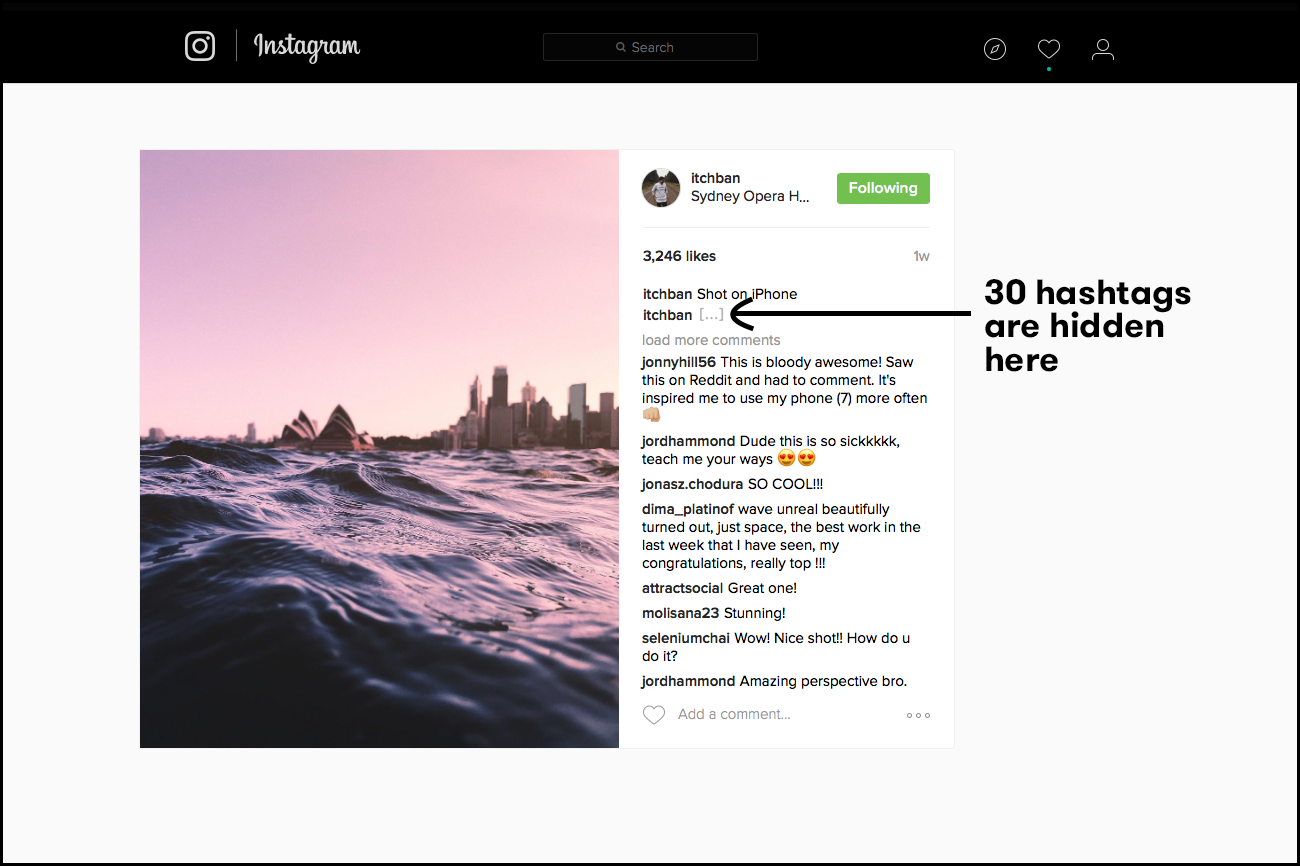 nine0003
nine0003
-
Help find clients
In some areas, unspoken rules have been formed for publishing hashtags, through which you can find the accounts of people or companies of interest to you.
For example, nail salons and private masters indicate the hashtag #manicure NAME OF THE CITY (district, metro station). Customers know about this and search for a service in the right place using hashtags.
What is a shadowban
This is a myth. For several months, the topic of the shadowban has been very relevant for marketers. According to the theory, Instagram bans for some tags, and the account does not appear in the search results for them. nine0003
Instagram support denied this information. Representatives of the social network explained that the algorithms for generating hashtag results are very complex and not all posts, in principle, can get into this feed. Therefore, sometimes (rarely) the post is not shown by the hashtag, but the point is not at all in the shadow ban.
However, there is a blacklist of hashtags: they are associated with prohibited topics (violence, swearing, sexual content). They are prohibited from being used.
How to get to the top by hashtags
Being in the top 9 posts for a popular hashtag on Instagram can bring additional likes, reach, and sometimes followers.
Hashtags are conventionally divided into:
High-frequency - more than 100,000 publications.
Medium frequency - more than 50,000 publications.
Low frequency - up to 50,000 publications.
Depending on the size of your account, choose the appropriate type of hashtags. Hundreds of factors affect reaching the top by hashtag, but the main one is the speed of a set of reactions under the post. nine0003
- Select the tag you want to rank for.
- Look at the current top: how many likes are on the posts and when they were published.
- If your account usually gets fewer likes for the same amount of time, choose a less popular hashtag.
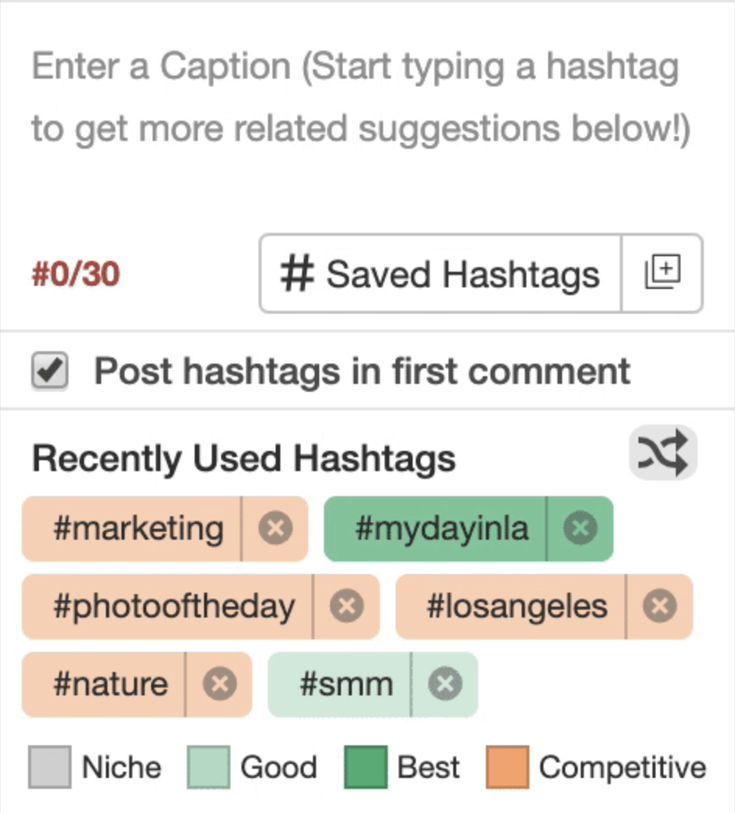
- Set a time to post when your audience is active (via Instagram stats or more advanced with Popsters.ru, details below).
- Post with a hashtag. nine0036
An easy way to get to the top of a popular hashtag on Instagram: Stories with this tag are also displayed in the hashtag results. In them, the competition is lower than in the tape. Try to get into the collection of stories.
Most popular hashtags on Instagram
Users search for the most popular hashtags on the social network. There are millions of posts with these hashtags. They have a common theme, for example:
#love #instagood #me #tbt #cute #follow #followme #photooftheday #happy #beautiful #selfie #picoftheday #like4like #instagramanet #instatag #smile #friends #fun #fashion #summer #instadaily #igers #instalike #swag # amazing #tflers #follow4follow #likeforlike #bestoftheday #l4l
As you can see, most of the hashtags on Instagram are aimed at mutual activity.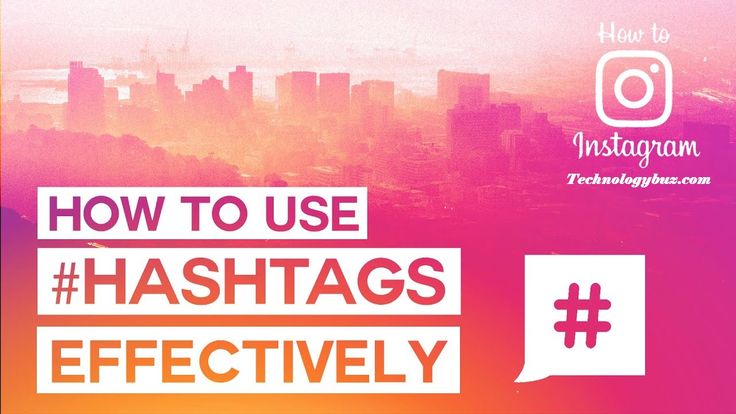 Once upon a time, users could honestly reply with a subscription to users who posted the #follow4follow hashtag. But now you will only collect mass followers and mass likers. These hashtags are not suitable for popularity.
Once upon a time, users could honestly reply with a subscription to users who posted the #follow4follow hashtag. But now you will only collect mass followers and mass likers. These hashtags are not suitable for popularity.
It is impossible to reach the top for such hashtags, and you will quickly fail in the general feed. They only give autolikes from users who are set to post with popular hashtags. nine0003
Why do you need it? What will the most popular hashtags on Instagram give you? You may get more likes. But this is activity from irrelevant accounts, most often commercial or bots.
There is a way to get to the top of thematic hashtags , thanks to the use of popular hashtags without cheating.
- Post with 30 popular hashtags.
- After 5-10 minutes, delete these hashtags and put thematic, low-frequency ones that will remain in the post forever. nine0036
This scheme does not look like an example of competent promotion, whether to apply it is up to you.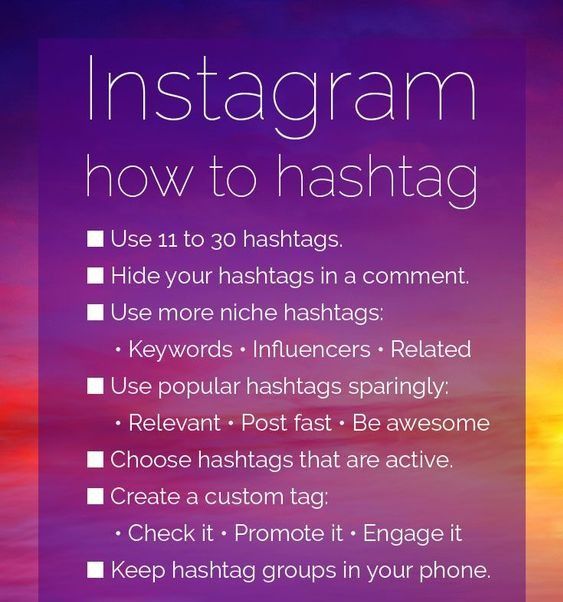
How to find popular hashtags on Instagram
Services for selecting hashtags
Popular tags are published on different resources - there are a lot of them in Google search results. You can find collections in apps like MyTager.
Instagram recommendations when searching
Start typing a hashtag in the Instagram search bar and the social network will suggest similar options. nine0003
Does account promotion through hashtags work?
The scheme to get likes only for the correct words in the signature looks attractive, but this method is outdated. Some users believe that popular hashtags on Instagram will help them promote their account, but in practice it turns out that they receive only a few dozen likes (and this is not a bad result) from irrelevant accounts.
Whether popular hashtags are suitable for you to promote your Instagram account, you can only find out by experience - test the effectiveness of different hashtags.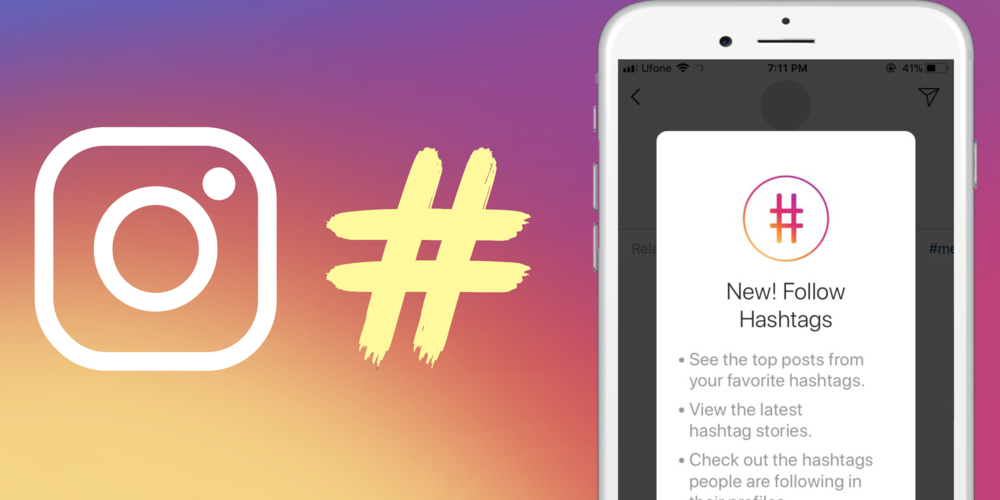 nine0003
nine0003
Users do not search for information on thematic hashtags, new accounts are found in the “Recommendations” section. Getting there is a separate challenge. The list of recommended publications is individual for each user. It is affected by what the user likes, comments and saves.
How to find thematic quality hashtags
Use no more than 5-10 hashtags per post. Choose hashtags that are relevant to your account. To find them, refer to the accounts of competitors. See what hashtags your audience is using. nine0003
Come up with hashtags yourself - define the keywords for your account. Keep in mind that Instagram doesn't differentiate between word declensions, so nouns must be in the nominative case.
Do not use overly long phrases, because spaces do not work in hashtags and it looks sloppy.
How to put hashtags on Instagram
Just like in the real world, Instagram has its own unspoken rules of communication. In order not to look stupid, stick to the rules for posting hashtags. nine0003
In order not to look stupid, stick to the rules for posting hashtags. nine0003
- A hashtag is a word, not a phrase.
#Don't #write #sentences from #hashtags. This looks messy.
- Do not use other people's personal hashtags.
Make sure that if you are not just not the hundredth #waving, but also not the second, so as not to confuse your subscribers and the subscribers of the hashtag author, who took it first.
- Remember that hashtags are read too.
And #super #cute #sexy #girl will confuse your friends and colleagues. nine0003
How to analyze hashtags with Popsters
Popsters analyzes posts with hashtags from any Instagram account. Using hashtag analytics, you can find out which hashtags have the most influence on the activity and reach of publications. See your statistics, statistics of your competitors or any accounts you are interested in.
To start the analysis, find the account using the search bar.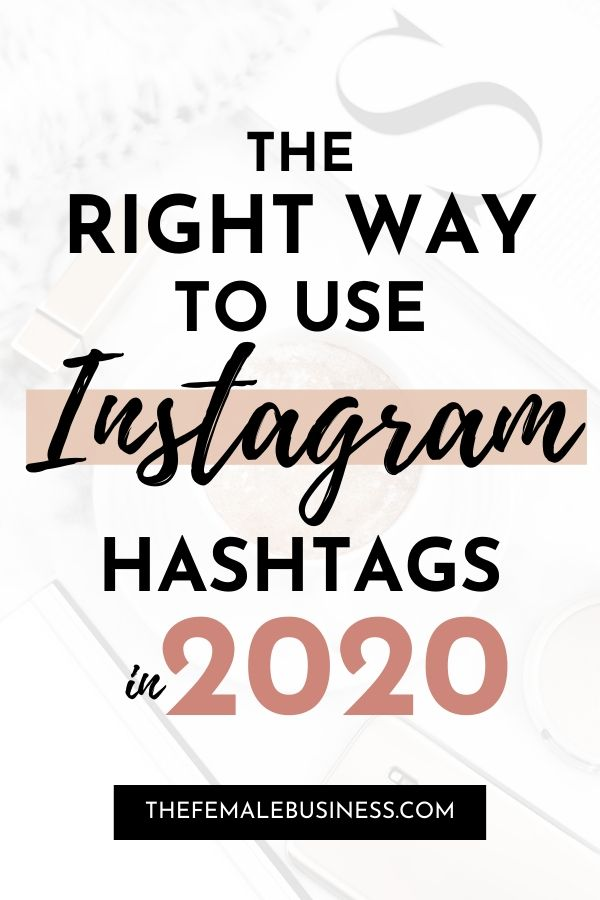 Select the date range you need and click the "Upload" button.
Select the date range you need and click the "Upload" button.
The following indicators are of particular interest here:
Hashtags
The graph shows the number of posts with a certain hashtag for the given period. This indicator counts the number of hashtags used in publications, finds the most popular hashtags in the Instagram account.
Hashtags/ER
The graph shows the average ERpost for posts where hashtags are used. This graph will help you evaluate the effectiveness of contests or categories. nine0003
Relative activity by hashtags
The ratio of average activity in publications with certain hashtags to regular publications.
Search by hashtags with criteria
To find posts of a certain type that contain a hashtag, select "Search by hashtags" in the search bar. Enter the hashtag you are interested in and a set of parameters: "+has:audio", "+has:video", "+has:photo", "+likes:100".![]()

